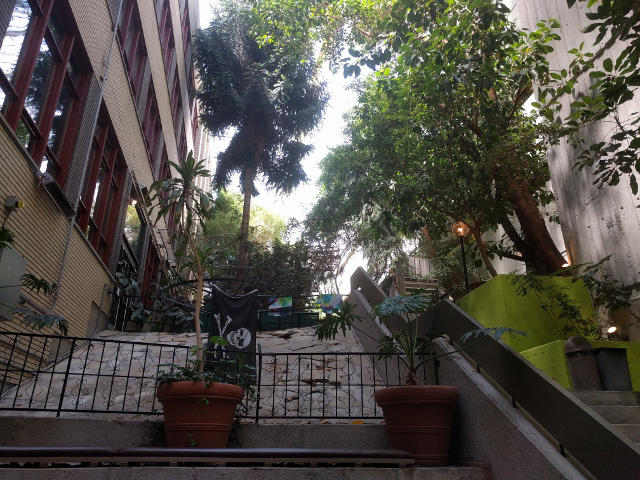Review:
The Magician's Nephew, by C.S. Lewis
| Illustrator: |
Pauline Baynes |
| Series: |
Chronicles of Narnia #6 |
| Publisher: |
Collier Books |
| Copyright: |
1955 |
| Printing: |
1978 |
| ISBN: |
0-02-044230-0 |
| Format: |
Mass market |
| Pages: |
186 |
The Magician's Nephew is the sixth book of the Chronicles of Narnia
in the original publication order, but it's a prequel, set fifty years
before
The Lion, the Witch and the
Wardrobe. It's therefore put first in the new reading order.
I have always loved world-building and continuities and, as a comics book
reader (Marvel primarily), developed a deep enjoyment of filling in the
pieces and reconstructing histories from later stories. It's no wonder
that I love reading
The Magician's Nephew after
The Lion, the
Witch and the Wardrobe. The experience of fleshing out backstory with
detail and specifics makes me happy. If that's also you, I recommend the
order in which I'm reading these books.
Reading this one first is defensible, though. One of the strongest
arguments for doing so is that it's a much stronger, tighter, and
better-told story than
The Lion, the Witch and the Wardrobe, and
therefore might start the series off on a better foot for you. It stands
alone well; you don't need to know any of the later events to enjoy this,
although you will miss the significance of a few things like the lamp post
and you don't get the full introduction to Aslan.
The Magician's Nephew is the story of Polly Plummer, her new
neighbor Digory Kirke, and his Uncle Andrew, who fancies himself a
magician. At the start of the book, Digory's mother is bed-ridden and
dying and Digory is miserable, which is the impetus for a friendship with
Polly. The two decide to explore the crawl space of the row houses in
which they live, seeing if they can get into the empty house past
Digory's. They don't calculate the distances correctly and end up in
Uncle Andrew's workroom, where Digory was forbidden to go. Uncle Andrew
sees this as a golden opportunity to use them for an experiment in travel
to other worlds.
MAJOR SPOILERS BELOW.
The Magician's Nephew, like the best of the Narnia books, does not
drag its feet getting started. It takes a mere 30 pages to introduce all
of the characters, establish a friendship, introduce us to a villain, and
get both of the kids into another world. When Lewis is at his best, he
has an economy of storytelling and a grasp of pacing that I wish was more
common.
It's also stuffed to the brim with ideas, one of the best of which is the
Wood Between the Worlds.
Uncle Andrew has crafted pairs of magic rings, yellow and green, and
tricks Polly into touching one of the yellow ones, causing her to vanish
from our world. He then uses her plight to coerce Digory into going after
her, carrying two green rings that he thinks will bring people back into
our world, and not incidentally also observing that world and returning to
tell Uncle Andrew what it's like. But the world is more complicated than
he thinks it is, and the place where the children find themselves is an
eerie and incredibly peaceful wood, full of grass and trees but apparently
no other living thing, and sprinkled with pools of water.
This was my first encounter with the idea of a world that connects other
worlds, and it remains the most memorable one for me. I love everything
about the Wood: the simplicity of it, the calm that seems in part to be a
defense against intrusion, the hidden danger that one might lose one's way
and confuse the ponds for each other, and even the way that it tends to
make one lose track of why one is there or what one is trying to
accomplish. That quiet forest filled with pools is still an image I use
for infinite creativity and potential. It's quiet and nonthreatening, but
not entirely inviting either; it's magnificently neutral, letting each
person bring what they wish to it.
One of the minor plot points of this book is that Uncle Andrew is wrong
about the rings because he's wrong about the worlds. There aren't just
two worlds; there are an infinite number, with the Wood as a nexus, and
our reality is neither the center nor one of an important pair. The rings
are directional, but relative to the Wood, not our world. The kids, who
are forced to experiment and who have open minds, figure this out quickly,
but Uncle Andrew never shifts his perspective. This isn't important to
the story, but I've always thought it was a nice touch of world-building.
Where this story is heading, of course, is the creation of Narnia and the
beginning of all of the stories told in the rest of the series. But
before that, the kids's first trip out of the Wood is to one of the best
worlds of children's fantasy: Charn.
If the Wood is my mental image of a world nexus, Charn will forever be my
image of a dying world: black sky, swollen red sun, and endless abandoned
and crumbling buildings as far as the eye can see, full of tired silences
and eerie noises. And, of course, the hall of statues, with one of the
most memorable descriptions of history and empire I've ever read (if you
ignore the racialized description):
All of the faces they could see were certainly nice. Both the men and
women looked kind and wise, and they seemed to come of a handsome
race. But after the children had gone a few steps down the room they
came to faces that looked a little different. These were very solemn
faces. You felt you would have to mind your P's and Q's, if you ever
met living people who looked like that. When they had gone a little
farther, they found themselves among faces they didn't like: this was
about the middle of the room. The faces here looked very strong and
proud and happy, but they looked cruel. A little further on, they
looked crueller. Further on again, they were still cruel but they no
longer looked happy. They were even despairing faces: as if the
people they belonged to had done dreadful things and also suffered
dreadful things.
The last statue is of a fierce, proud woman that Digory finds strikingly
beautiful. (Lewis notes in an aside that Polly always said she never
found anything specially beautiful about her. Here, as in
The Silver Chair, the girl is the
sensible one and things would have gone better if the boy had listened to
her, a theme that I find immensely frustrating because Susan was the
sensible one in the first two books of the series but then Lewis threw
that away.)
There is a bell in the middle of this hall, and the pillar that holds that
bell has an inscription on it that I think every kid who grew up on Narnia
knows by heart.
Make your choice, adventurous Stranger;
Strike the bell and bide the danger,
Or wonder, till it drives you mad,
What would have followed if you had.
Polly has no intention of striking the bell, but Digory fights her and
does it anyway, waking Jadis from where she sat as the final statue in the
hall and setting off one of the greatest reimaginings of a villain in
children's literature.
Jadis will, of course, become the White Witch who holds Narnia in endless
winter some thousand Narnian years later. But the White Witch was a
mediocre villain at best, the sort of obvious and cruel villain common in
short fairy tales where the author isn't interested in doing much
characterization. She exists to be evil, do bad things, and be defeated.
She has a few good moments in conflict with Aslan, but that's about it.
Jadis in this book is another matter entirely: proud, brilliant,
dangerous, and creative.
The death of everything on Charn was Jadis's doing: an intentional spell,
used to claim a victory of sorts from the jaws of defeat by her sister in
a civil war. (I find it fascinating that Lewis puts aside his normally
sexist roles here.) Despite the best attempts of the kids to lose her
both in Charn and in the Wood (which is inimical to her, in another nice
bit of world-building), she manages to get back to England with them. The
result is a remarkably good bit of villain characterization.
Jadis is totally out of her element, used to a world-spanning empire run
with magic and (from what hints we get) vaguely medieval technology. Her
plan to take over their local country and eventually the world should be
absurd and is played somewhat for laughs. Her magic, which is her great
weapon, doesn't even work in England. But Jadis
learns at a speed
that the reader can watch. She's observant, she pays attention to things
that don't fit her expectations, she changes plans, and she moves with
predatory speed. Within a few hours in London she's stolen jewels and a
horse and carriage, and the local police seem entirely overmatched.
There's no way that one person without magic should be a real danger to
England around the turn of the 20th century, but by the time the kids
manage to pull her back into the Wood, you're not entirely sure England
would have been safe.
A chaotic confrontation, plus the ability of the rings to work their magic
through transitive human contact, ends up with the kids, Uncle Andrew,
Jadis, a taxicab driver and his horse all transported through the Wood to
a new world. In this case, literally a new world: Narnia at the point of
its creation.
Here again, Lewis translates Christian myth, in this case the Genesis
creation story, into a more vivid and in many ways more beautiful story
than the original. Aslan singing the world into existence is an
incredible image, as is the newly-created world so bursting with life that
even things that normally could not grow will do so. (Which, of course,
is why there is a lamp post burning in the middle of the western forest of
Narnia for the Pevensie kids to find later.) I think my favorite part is
the creation of the stars, but the whole sequence is great.
There's also an insightful bit of human psychology. Uncle Andrew can't
believe that a lion is singing, so he convinces himself that Aslan is not
singing, and thus prevents himself from making any sense of the talking
animals later.
Now the trouble about trying to make yourself stupider than you really
are is that you very often succeed.
As with a lot in Lewis, he probably meant this as a statement about faith,
but it generalizes well beyond the religious context.
What disappointed me about the creation story, though, is the animals. I
didn't notice this as a kid, but this re-read has sensitized me to how
Lewis consistently treats the talking animals as less than humans even
though he celebrates them. That happens here too: the newly-created,
newly-awakened animals are curious and excited but kind of dim. Some of
this is an attempt to show that they're young and are just starting to
learn, but it also seems to be an excuse for Aslan to set up a human king
and queen over them instead of teaching them directly how to deal with the
threat of Jadis who the children inadvertently introduced into the world.
The other thing I dislike about
The Magician's Nephew is that the
climax is unnecessarily cruel. Once Digory realizes the properties of the
newly-created world, he hopes to find a way to use that to heal his
mother. Aslan points out that he is responsible for Jadis entering the
world and instead sends him on a mission to obtain a fruit that, when
planted, will ward Narnia against her for many years. The same fruit
would heal his mother, and he has to choose Narnia over her. (It's a
fairly explicit parallel to the Garden of Eden, except in this case Digory
passes.)
Aslan, in the end, gives Digory the fruit of the tree that grows, which is
still sufficient to heal his mother, but this sequence made me angry when
re-reading it. Aslan knew all along that what Digory is doing will let
him heal his mother as well, but hides this from him to make it more of a
test. It's cruel and mean; Aslan could have promised to heal Digory's
mother and then seen if he would help Narnia without getting anything in
return other than atoning for his error, but I suppose that was too
transactional for Lewis's theology or something. Meh.
But, despite that, the only reason why this is not the best Narnia book is
because
The Voyage of the Dawn Treader
is the only Narnia book that also nails the ending.
The Magician's
Nephew, up through Charn, Jadis's rampage through London, and the initial
creation of Narnia, is fully as good, perhaps better. It sags a bit at
the end, partly because it tries to hard to make the Narnian animals
humorous and partly because of the unnecessary emotional torture of
Digory. But this still holds up as the second-best Narnia book, and one I
thoroughly enjoyed re-reading. If anything, Jadis and Charn are even
better than I remembered.
Followed by the last book of the series, the somewhat notorious
The
Last Battle.
Rating: 9 out of 10
 Last year I started collecting ideas of things I would like to 3D print
one day, on Twitter. Twitter is fundamentally ephemeral, so I'll collect
it here instead. I got up to 14 items on Twitter, and now I'm up to 25.
I don't own a 3D printer, but I have access to one at the work office.
Perhaps this list is my subconcious trying to convince me to buy one.
What am I missing? What else should I be thinking of printing? Let me
know!
Last year I started collecting ideas of things I would like to 3D print
one day, on Twitter. Twitter is fundamentally ephemeral, so I'll collect
it here instead. I got up to 14 items on Twitter, and now I'm up to 25.
I don't own a 3D printer, but I have access to one at the work office.
Perhaps this list is my subconcious trying to convince me to buy one.
What am I missing? What else should I be thinking of printing? Let me
know!

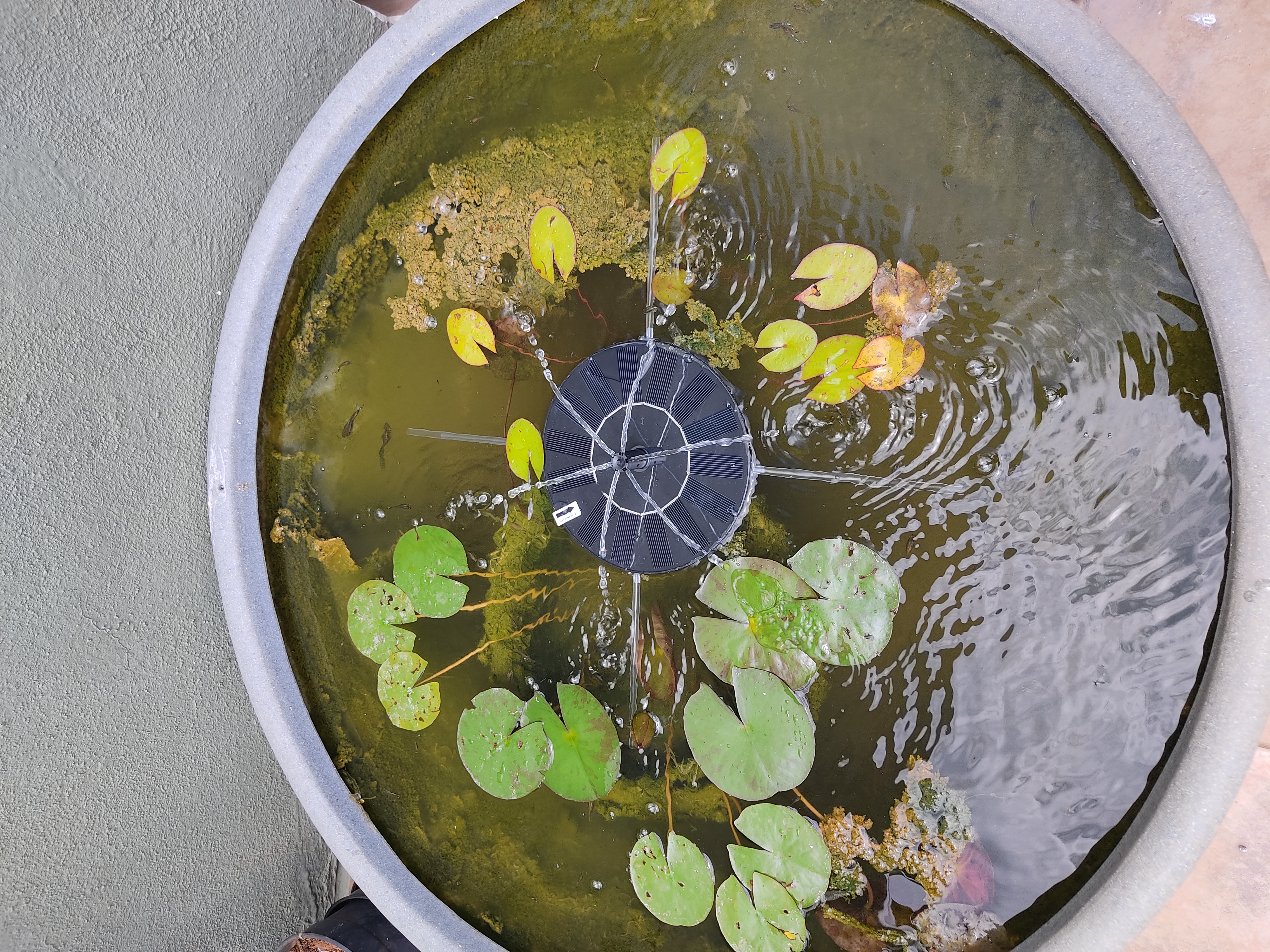
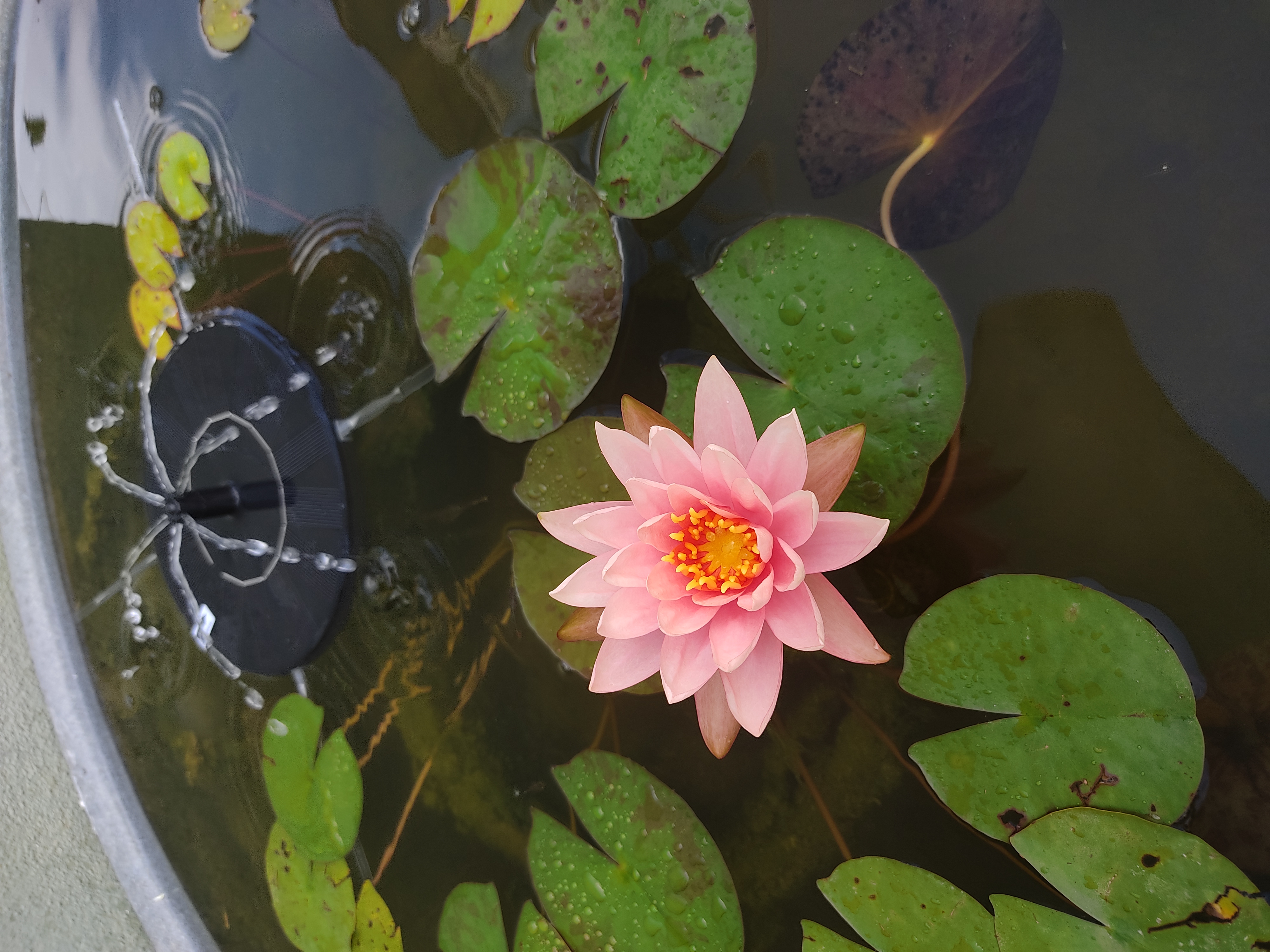

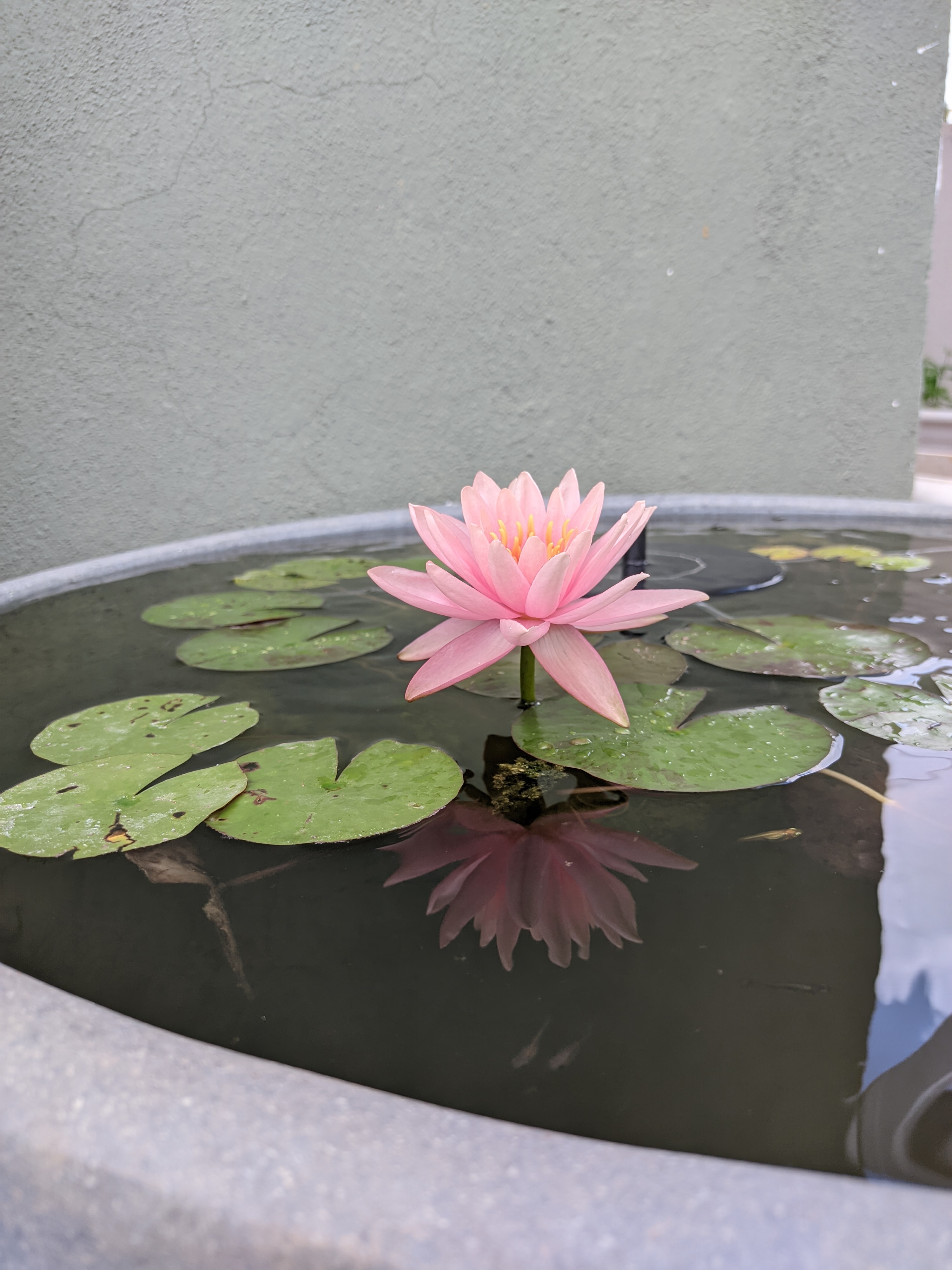
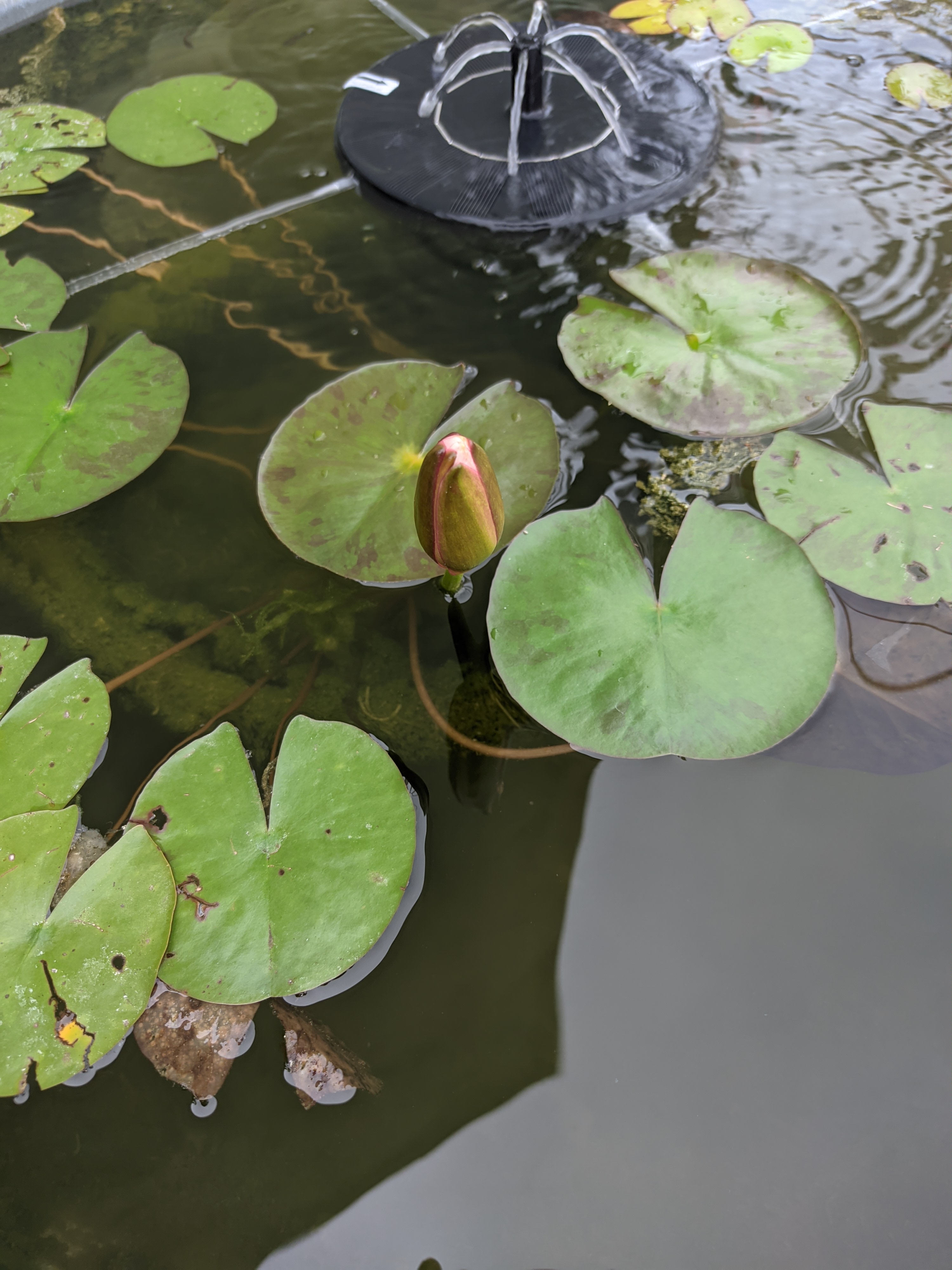
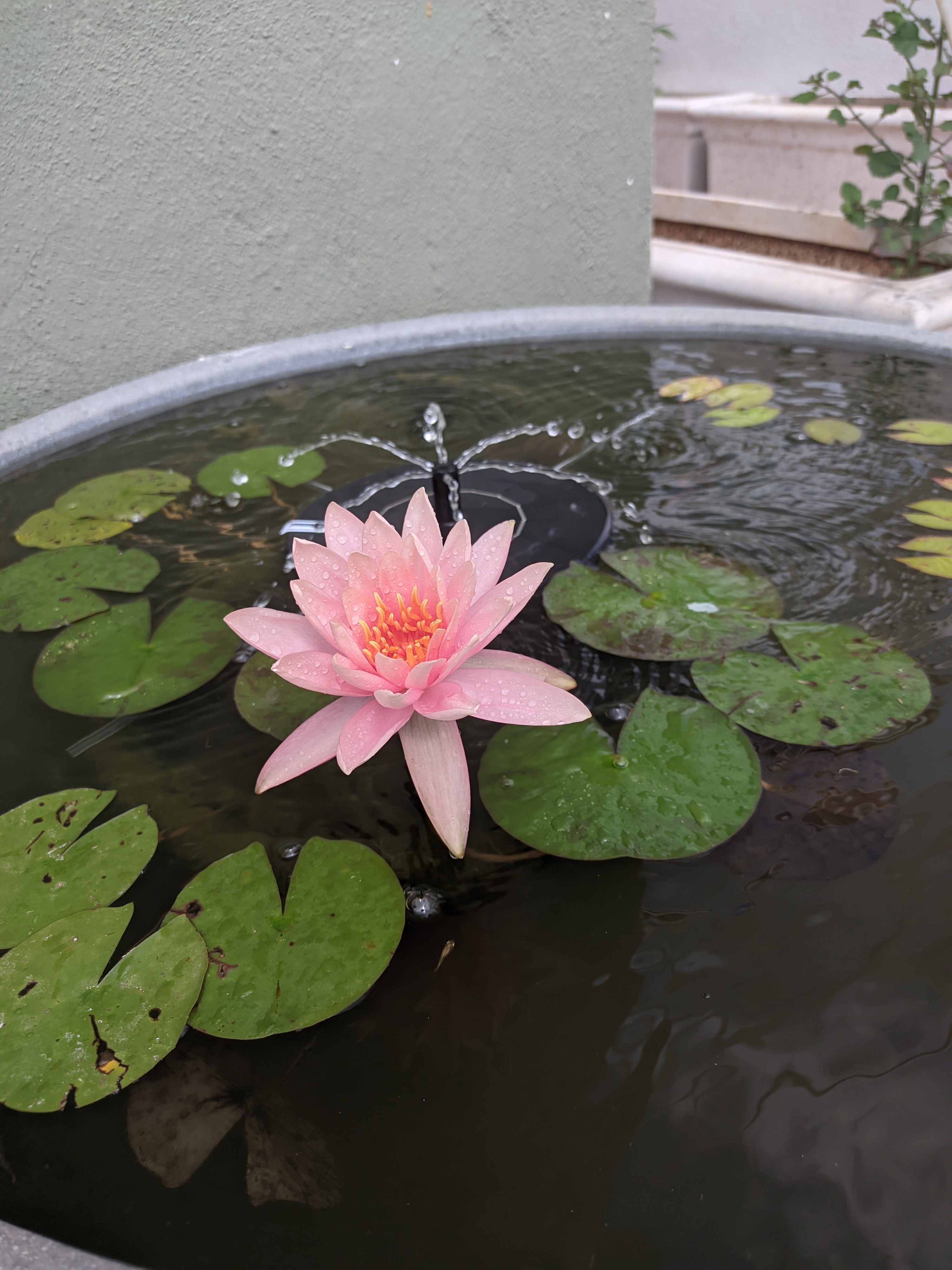
 Nearly 4 weeks after contracting COVID-19 I am finally able to return to work
Yes I have had both Jabs (my 2nd dose was back in June), and this knocked me for six. I spent most of the time in bed, and only started to get up and about 10 days ago.
I passed this on to both my wife and daughter (my wife has also been double jabbed), fortunately they didn t get it as bad as me and have been back at work / school for the last week. I also passed it on to a friend at the UK Debian BBQ, hosted once again by Sledge and Randombird, before I started showing symptoms. Fortunately (after a lot of PCR tests for attendees) it doesn t look like I passed it to anyone else
I wouldn t wish this on anyone.
I went on holiday back in August (still in England) thinking that having both jabs we would be fine. We stayed in self catering accommodation and we spent our time outside, we visited open air museums, walked around gardens etc, however we did eat out in relatively empty pubs and restaurants.
And yes we did all have face masks on when we went indoors (although obviously we removed them whilst eating).
I guess that is when I caught this, but have no idea exactly when or where.
Even after vaccination, it is still possible to both catch and spread this virus. Fortunately having been vaccinated my resulting illness was (statistically) less bad than it would otherwise have been.
I dread to think how bad I would have been if I had not already been vaccinated, I suspect that I would have ended up in ICU. I am still very tired, and have been told it may take many more weeks to get back to my former self. Other than being overweight, prior to this I have been in good health.
If you are reading this and have NOT yet had a vaccine and one is available for you, please, please get it done.
Nearly 4 weeks after contracting COVID-19 I am finally able to return to work
Yes I have had both Jabs (my 2nd dose was back in June), and this knocked me for six. I spent most of the time in bed, and only started to get up and about 10 days ago.
I passed this on to both my wife and daughter (my wife has also been double jabbed), fortunately they didn t get it as bad as me and have been back at work / school for the last week. I also passed it on to a friend at the UK Debian BBQ, hosted once again by Sledge and Randombird, before I started showing symptoms. Fortunately (after a lot of PCR tests for attendees) it doesn t look like I passed it to anyone else
I wouldn t wish this on anyone.
I went on holiday back in August (still in England) thinking that having both jabs we would be fine. We stayed in self catering accommodation and we spent our time outside, we visited open air museums, walked around gardens etc, however we did eat out in relatively empty pubs and restaurants.
And yes we did all have face masks on when we went indoors (although obviously we removed them whilst eating).
I guess that is when I caught this, but have no idea exactly when or where.
Even after vaccination, it is still possible to both catch and spread this virus. Fortunately having been vaccinated my resulting illness was (statistically) less bad than it would otherwise have been.
I dread to think how bad I would have been if I had not already been vaccinated, I suspect that I would have ended up in ICU. I am still very tired, and have been told it may take many more weeks to get back to my former self. Other than being overweight, prior to this I have been in good health.
If you are reading this and have NOT yet had a vaccine and one is available for you, please, please get it done.
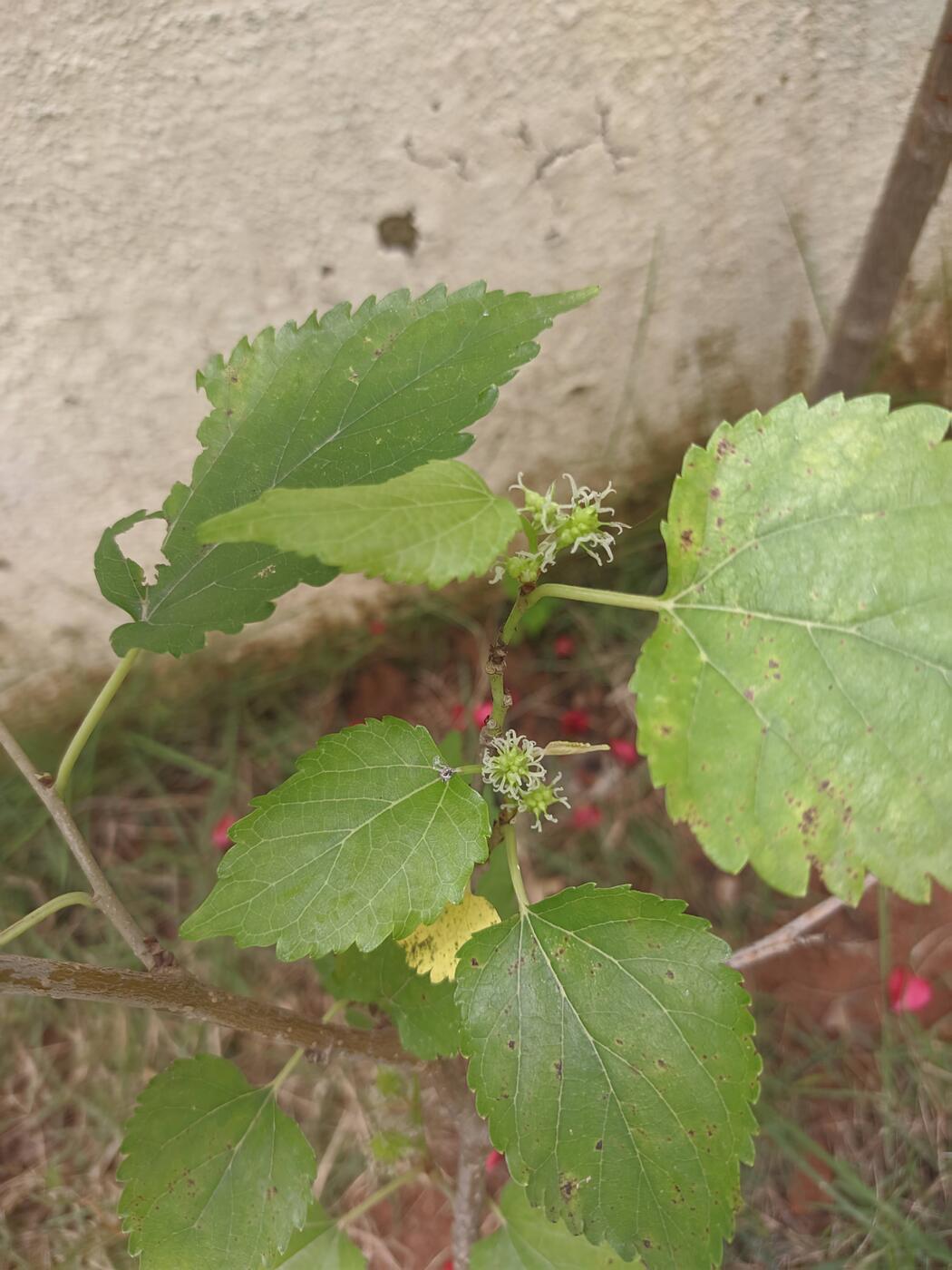
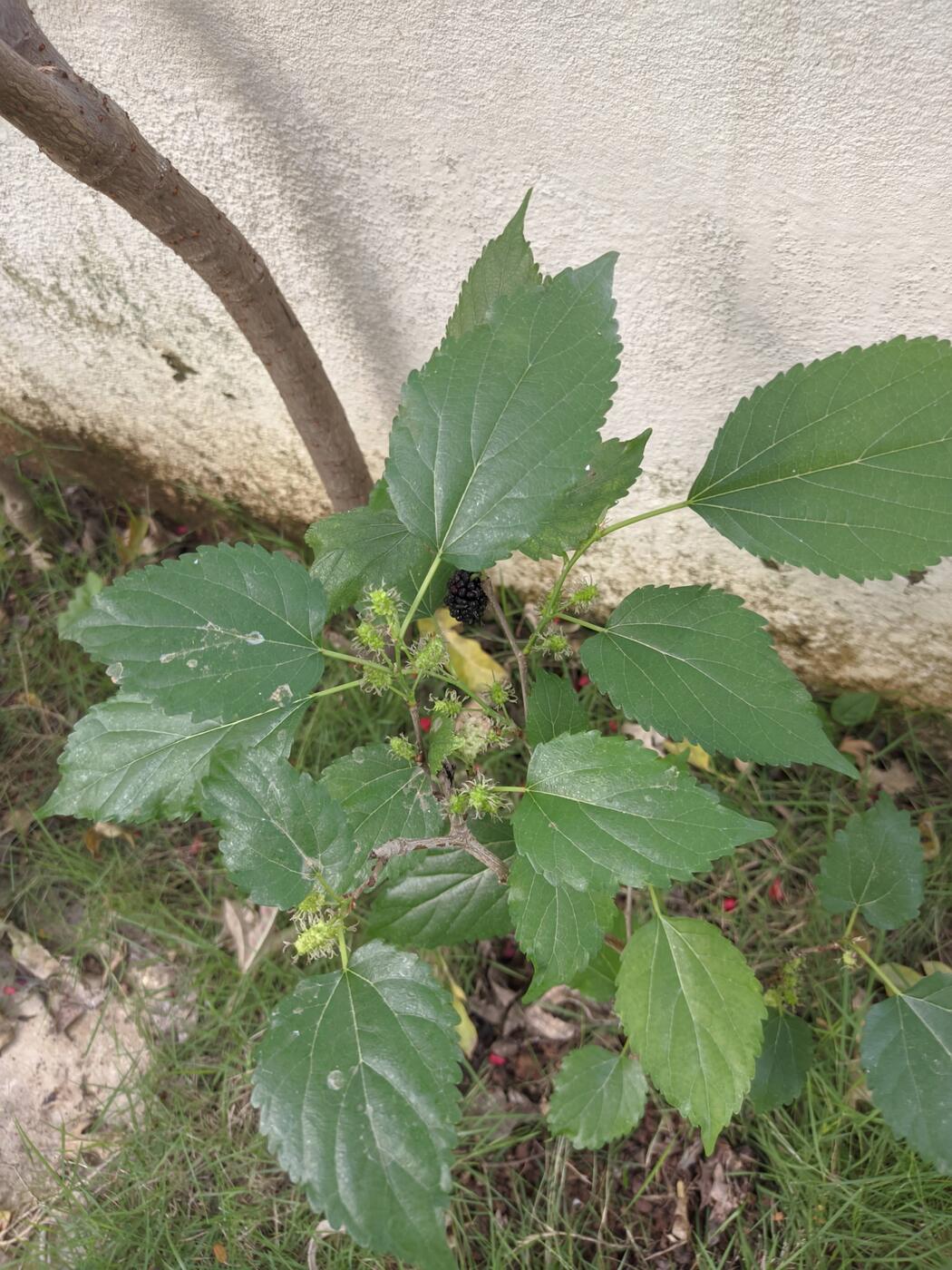
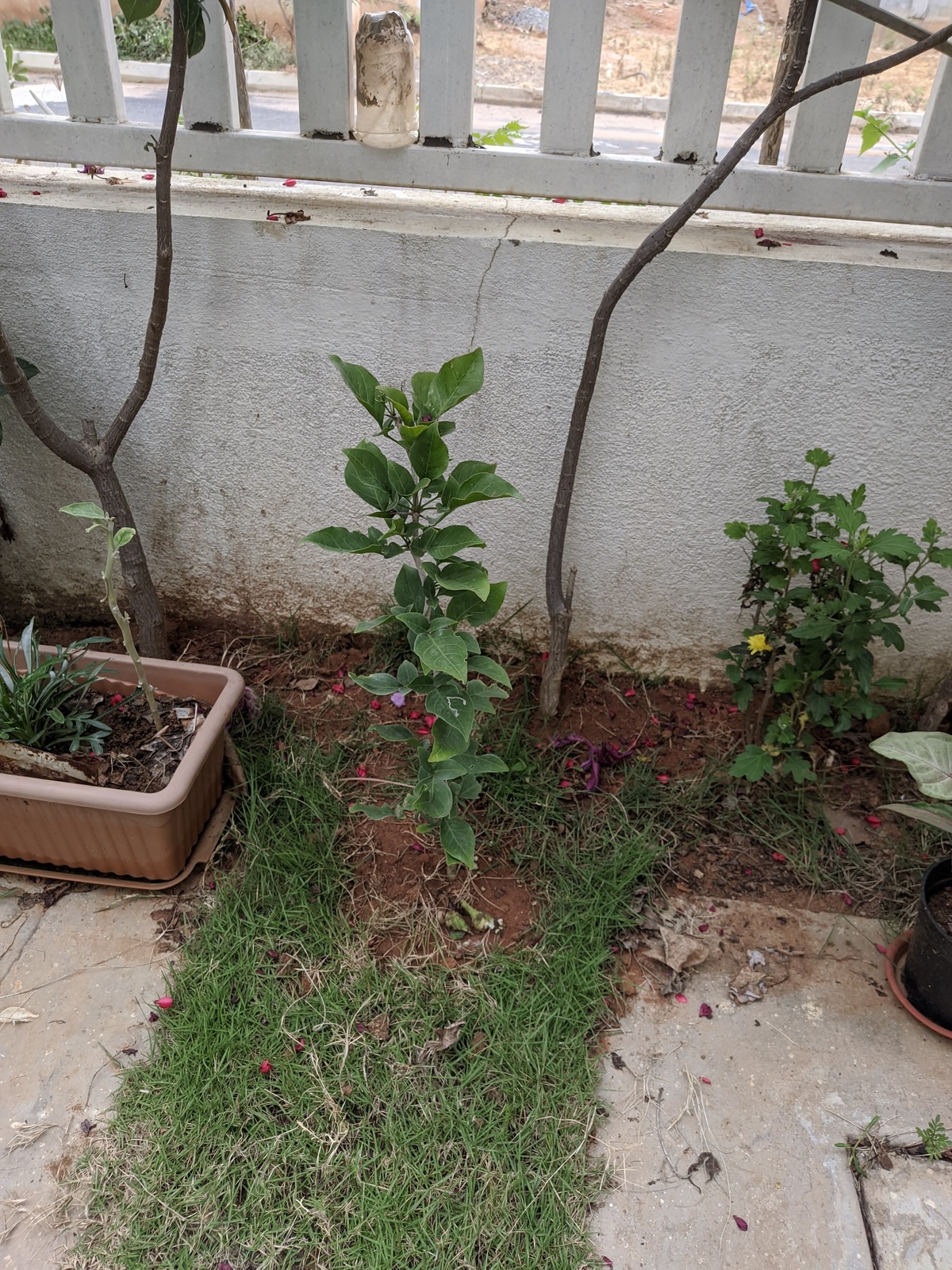
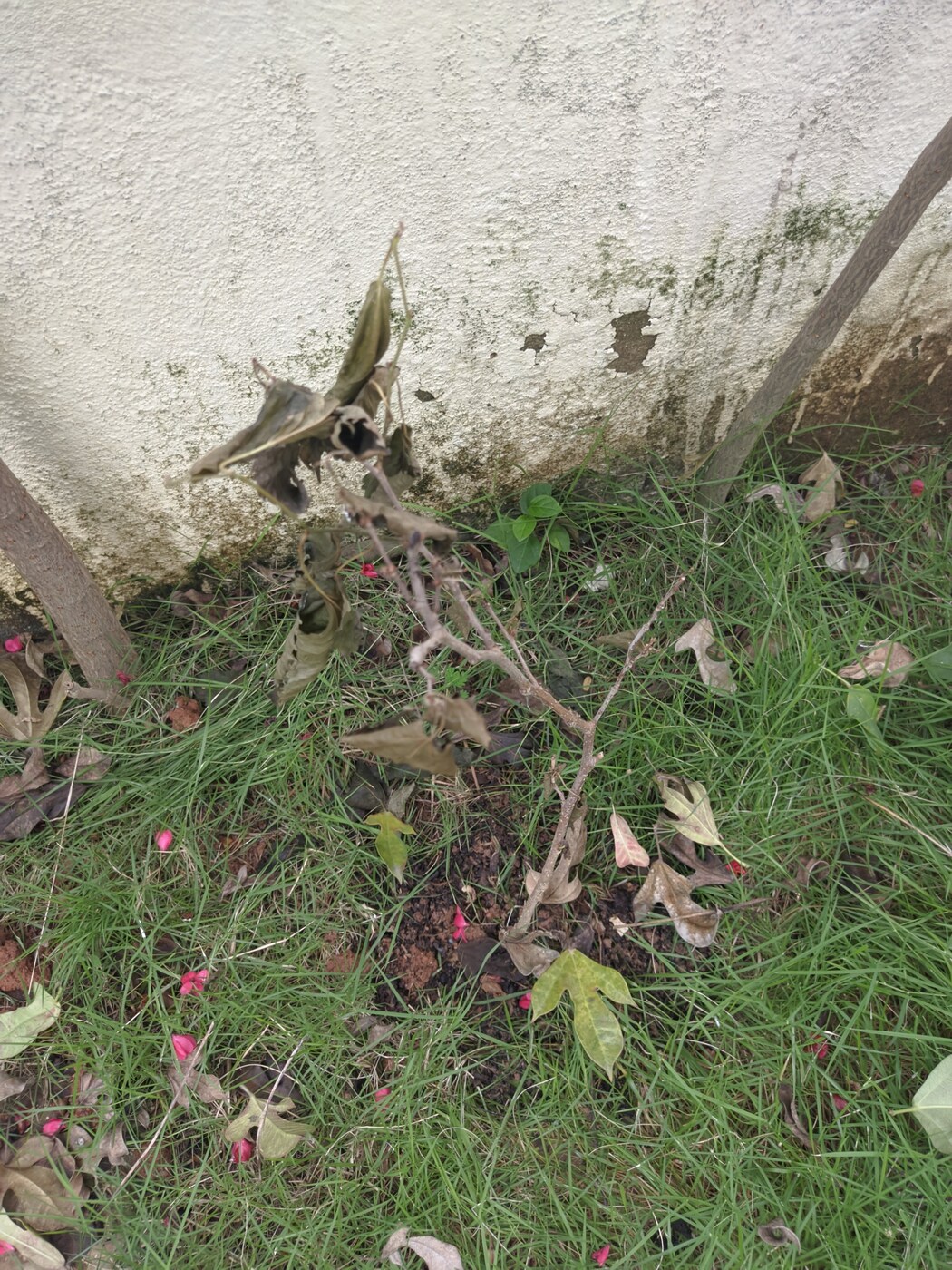


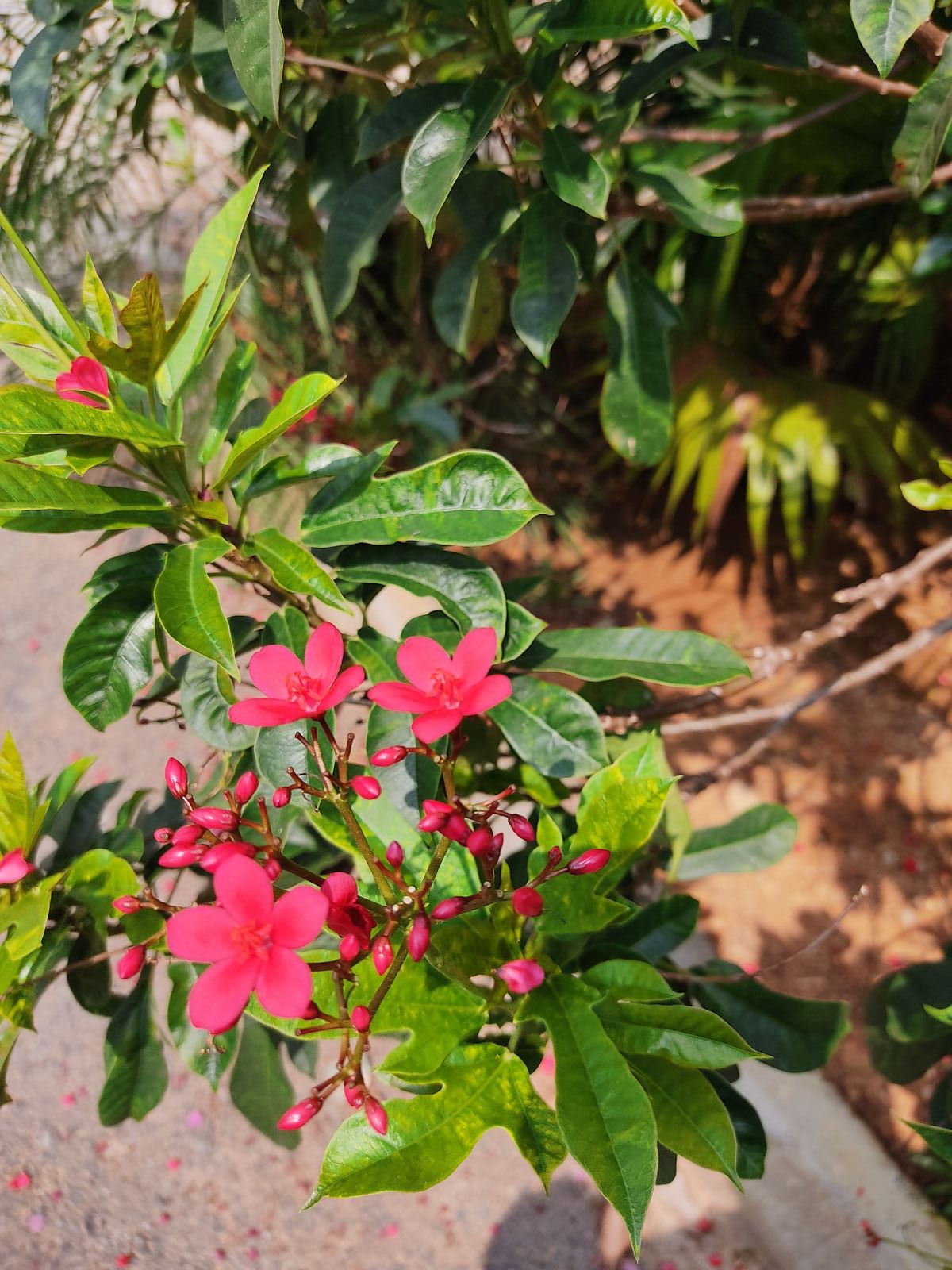
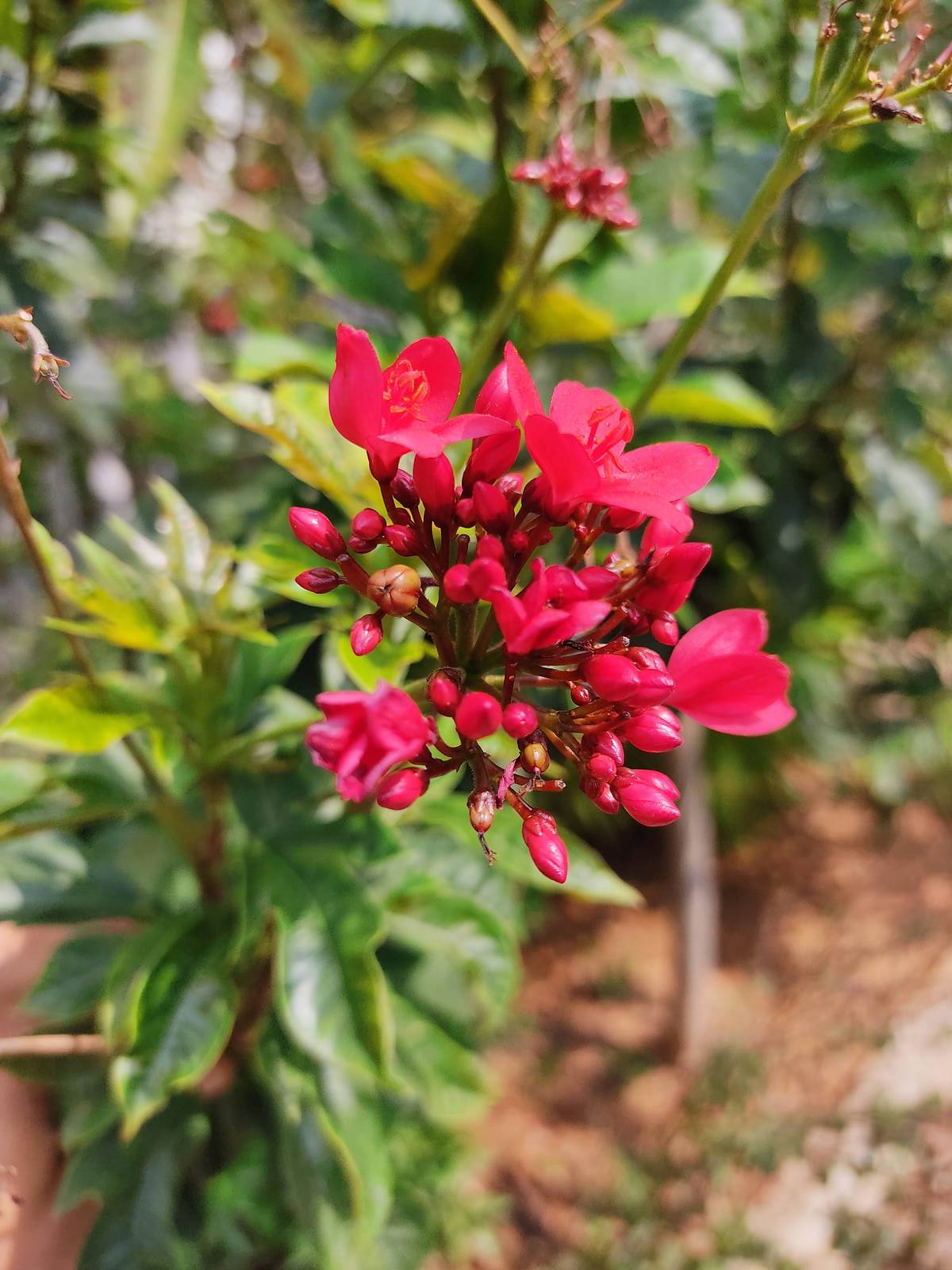

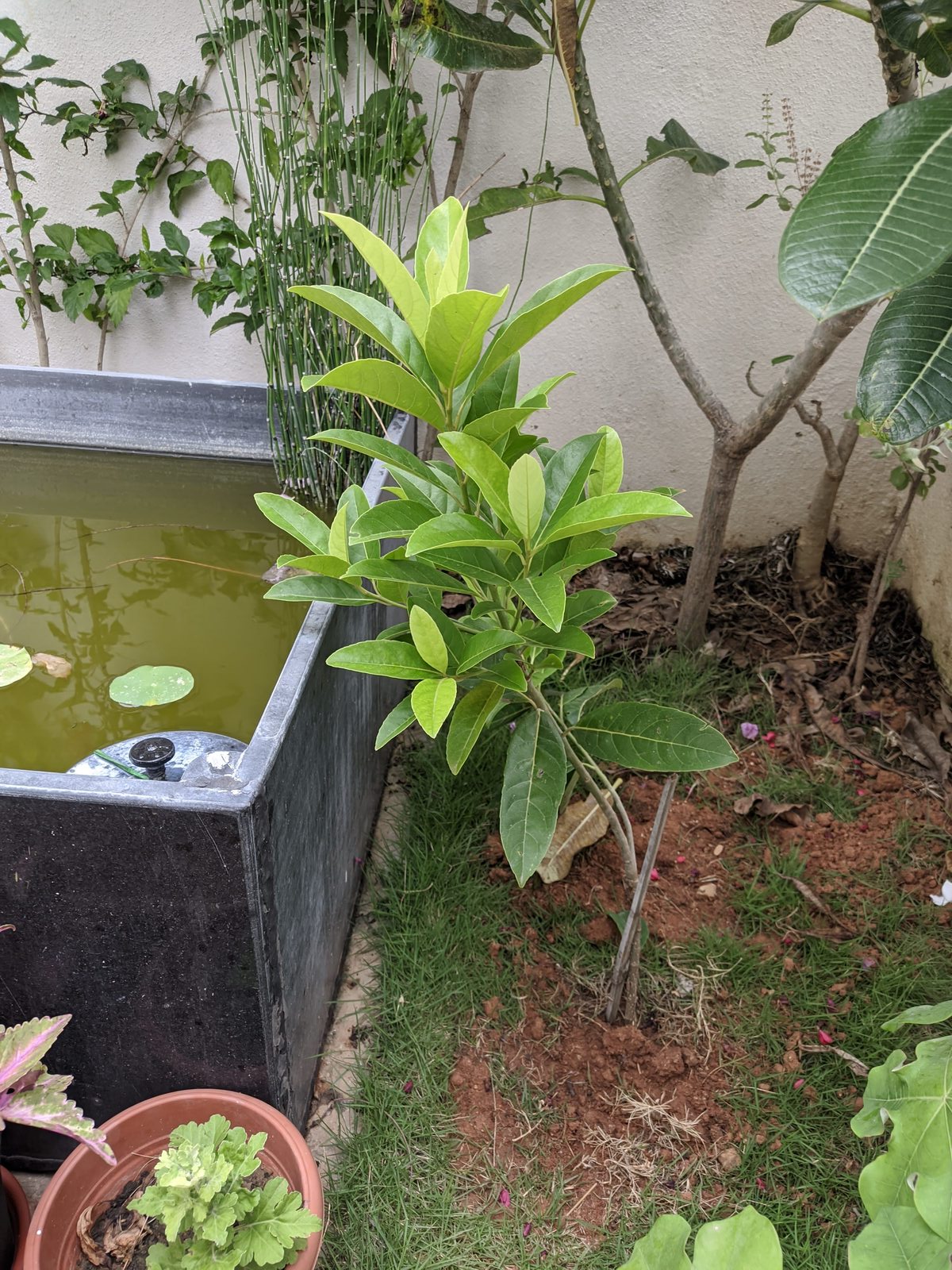
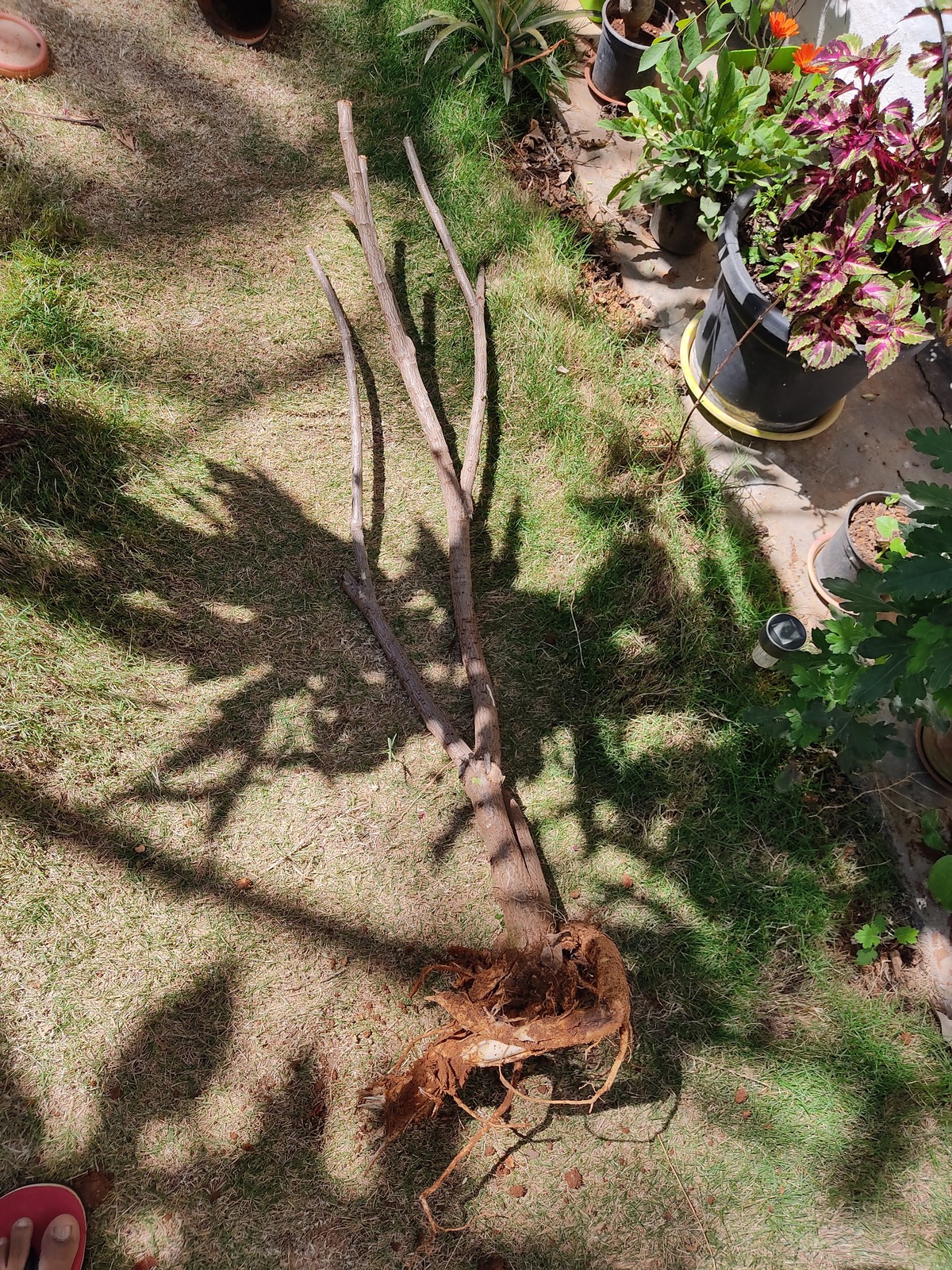
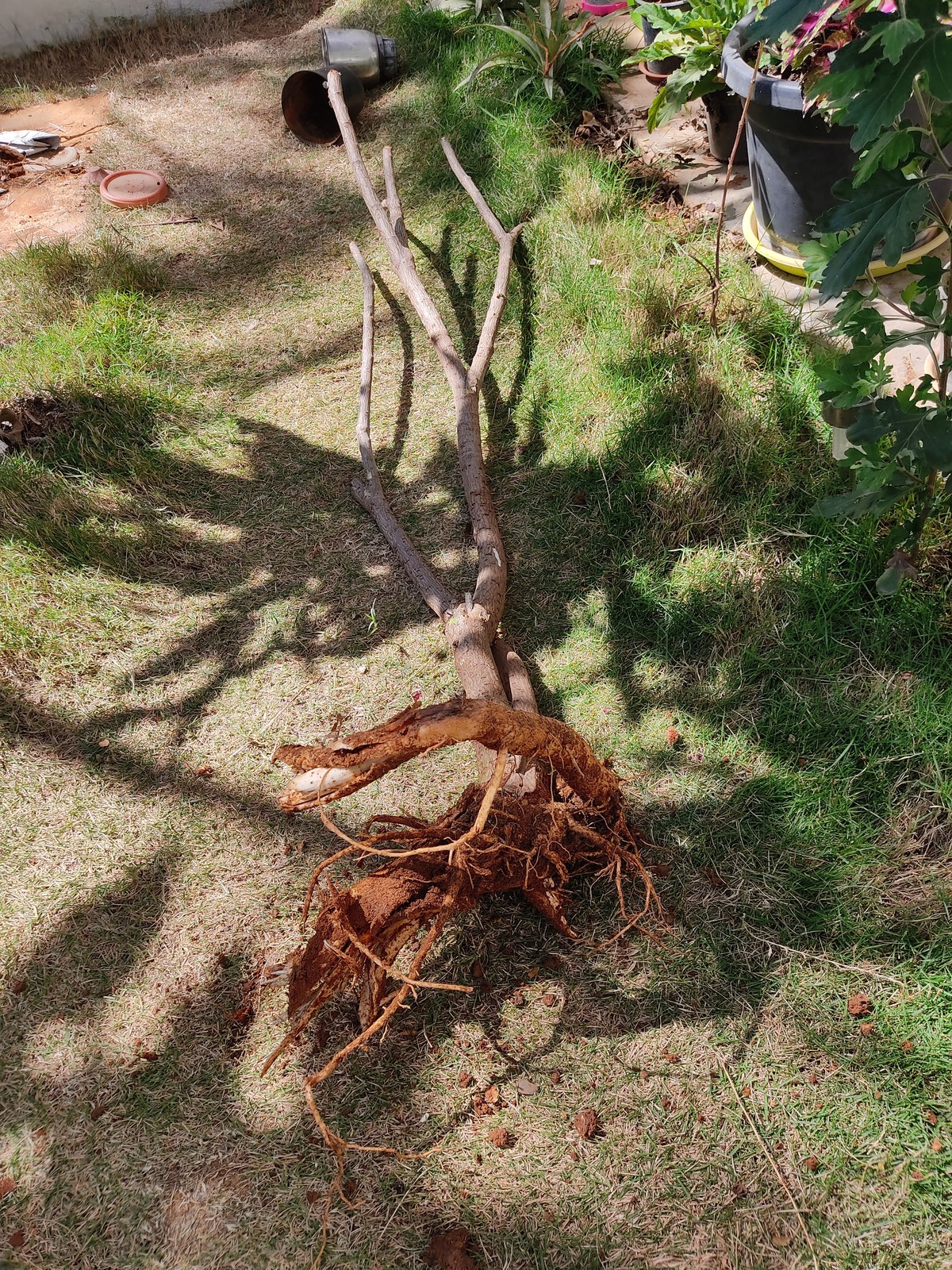
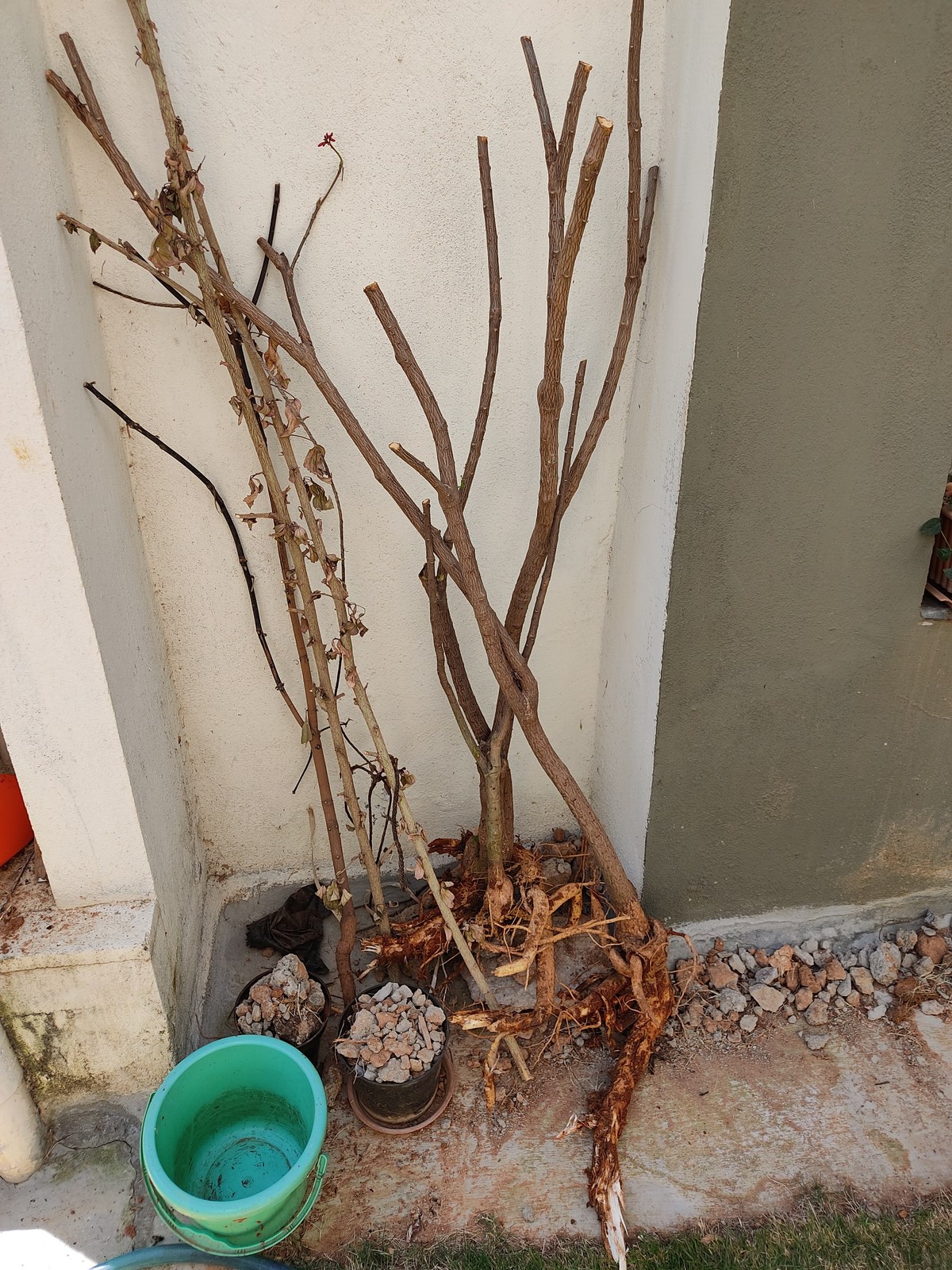
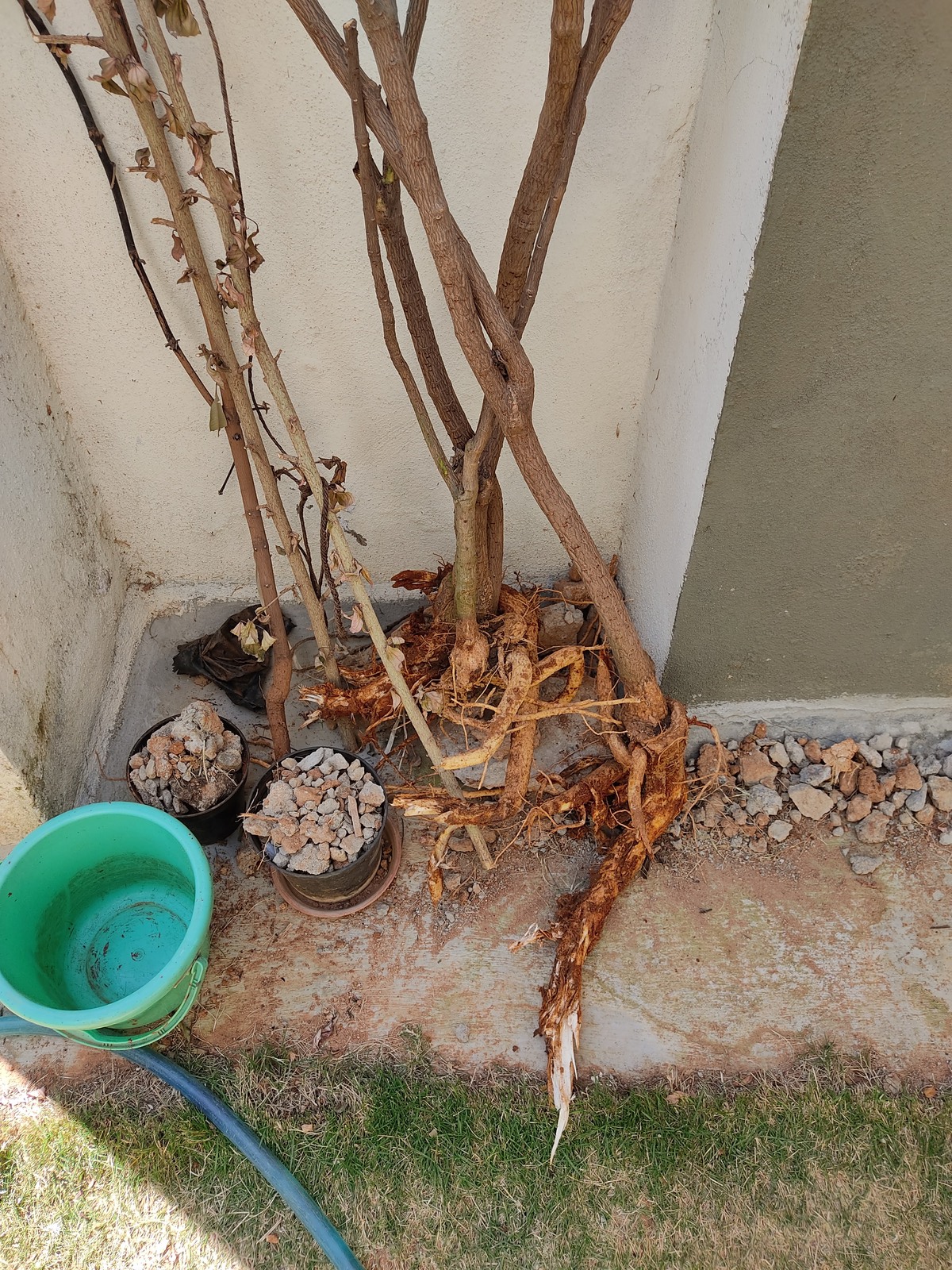

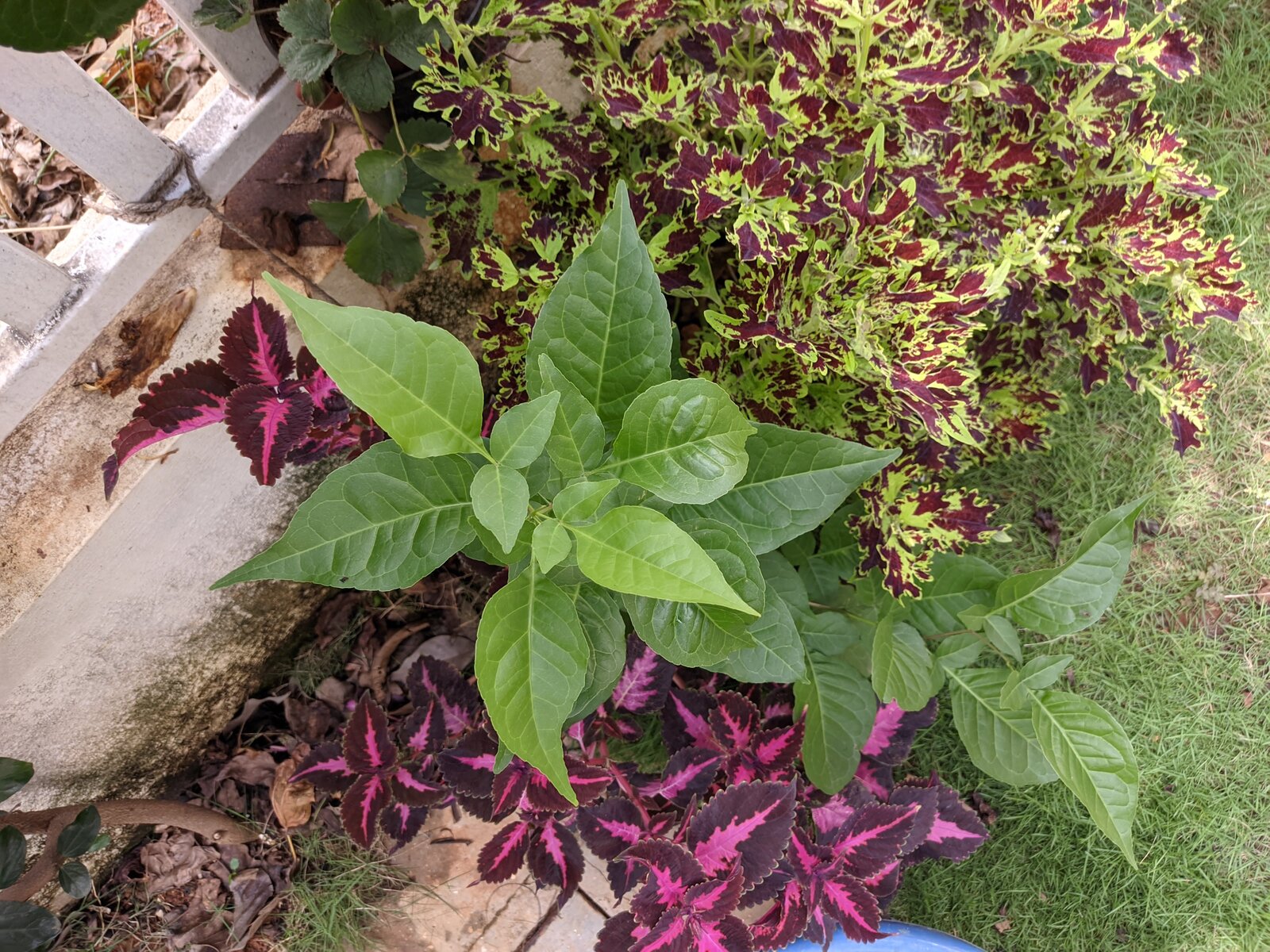
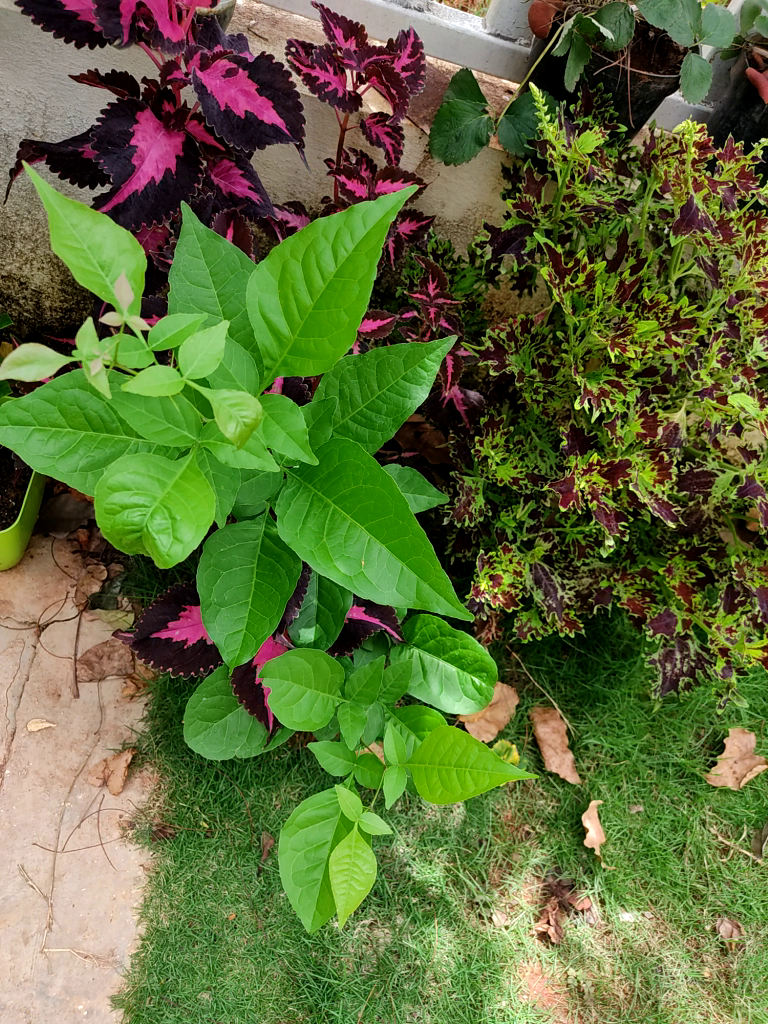

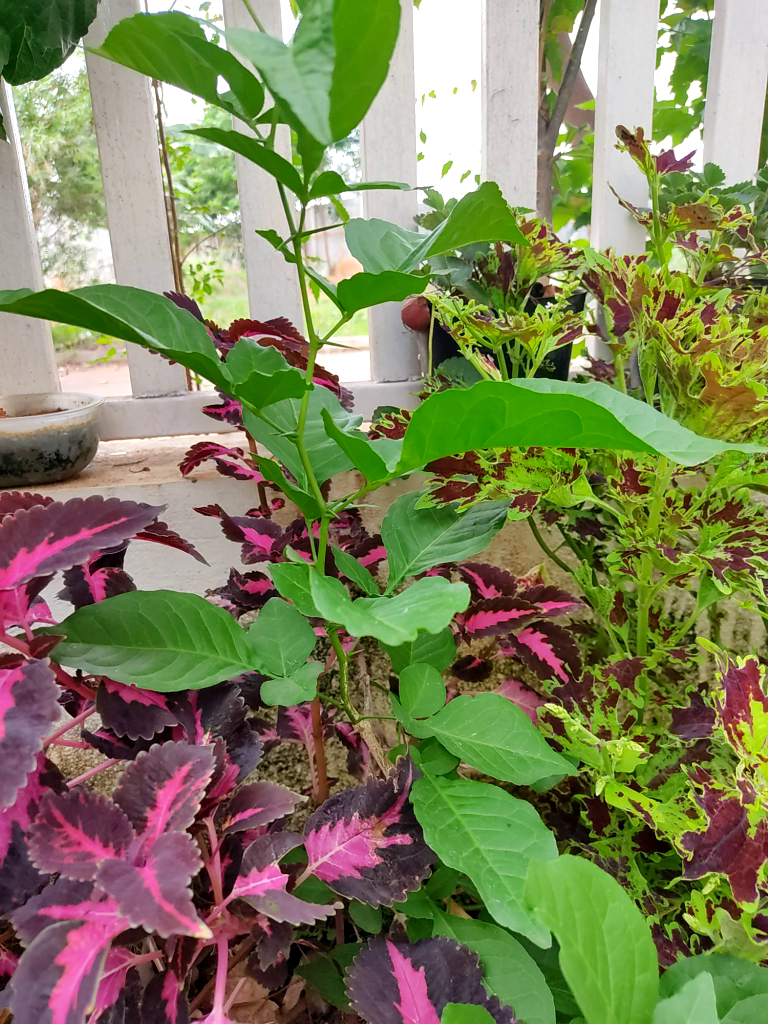
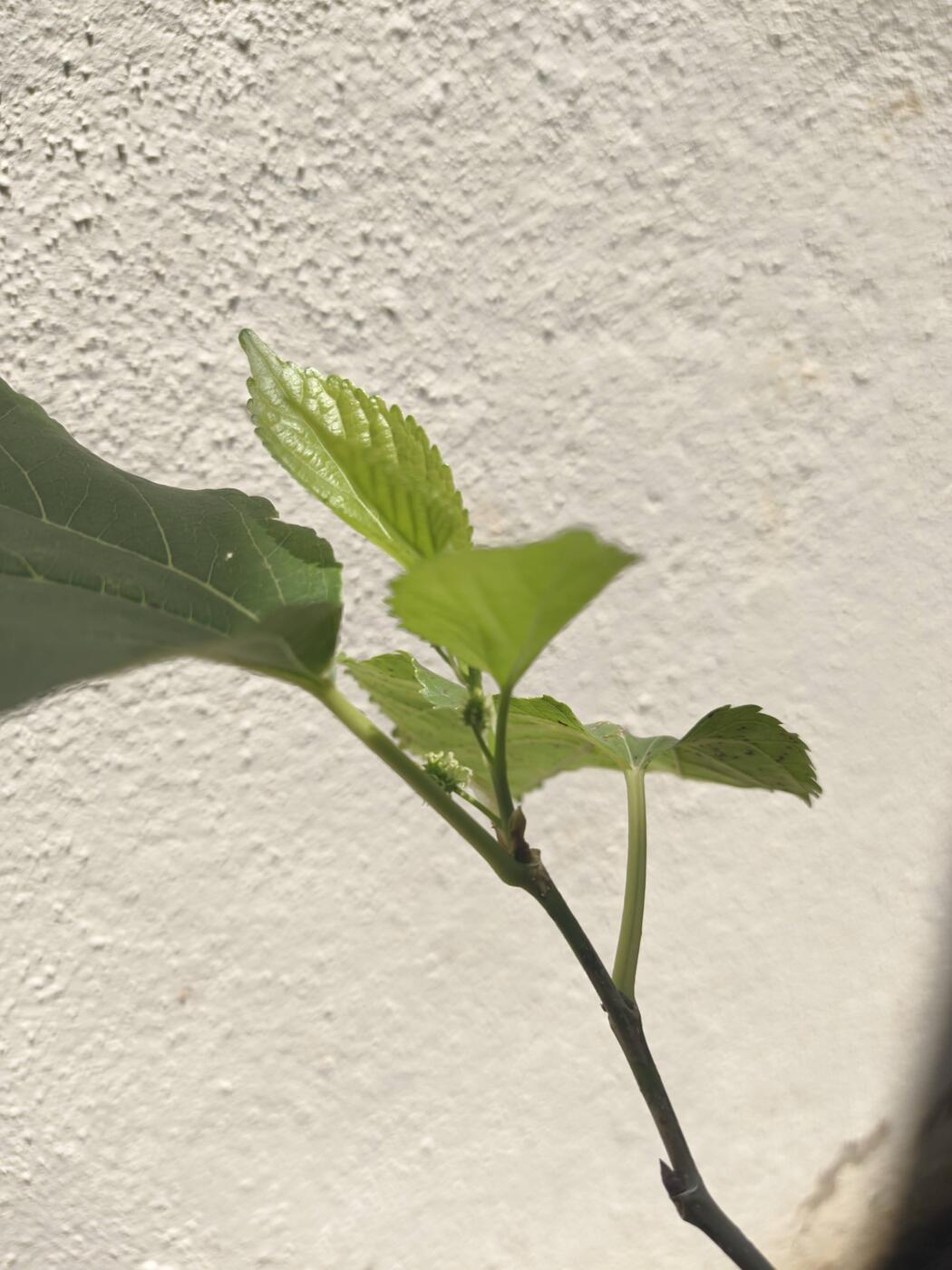
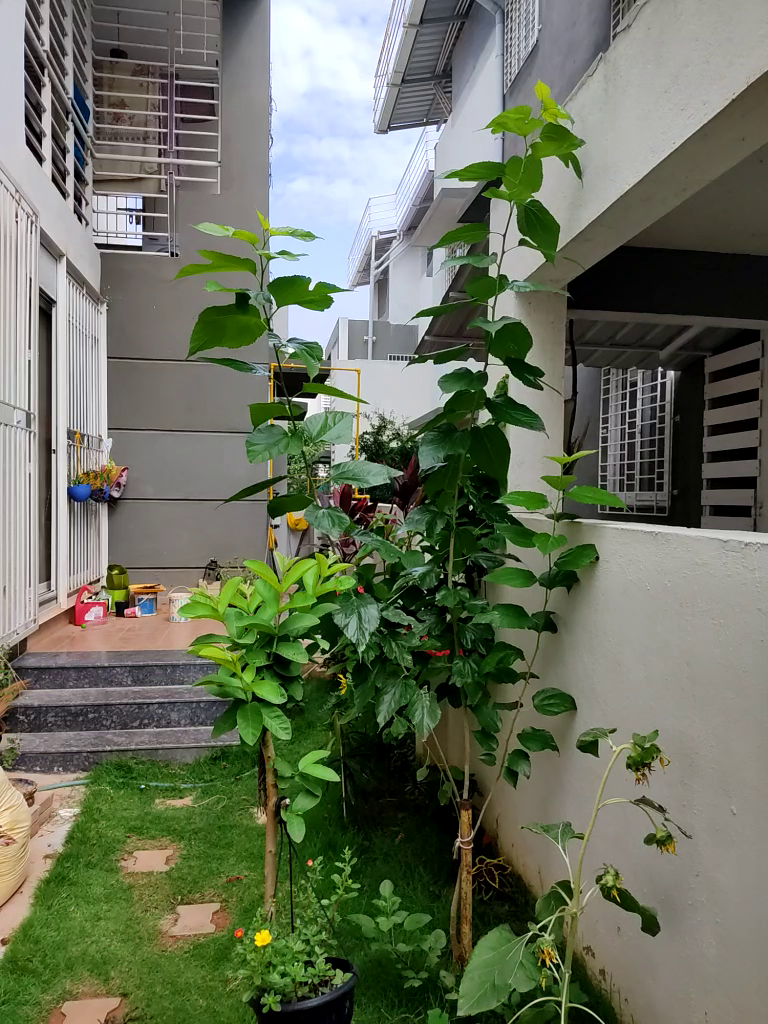
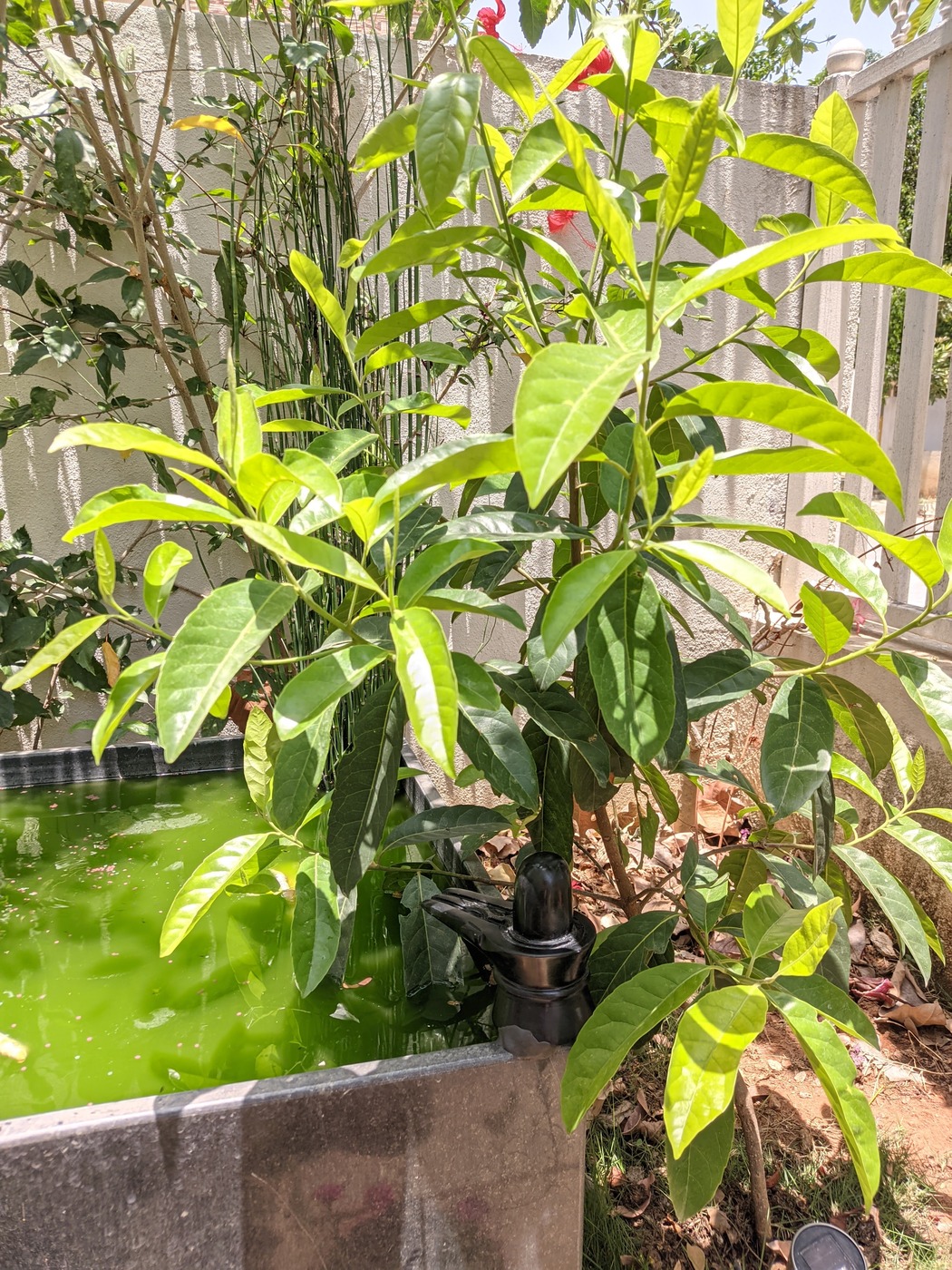
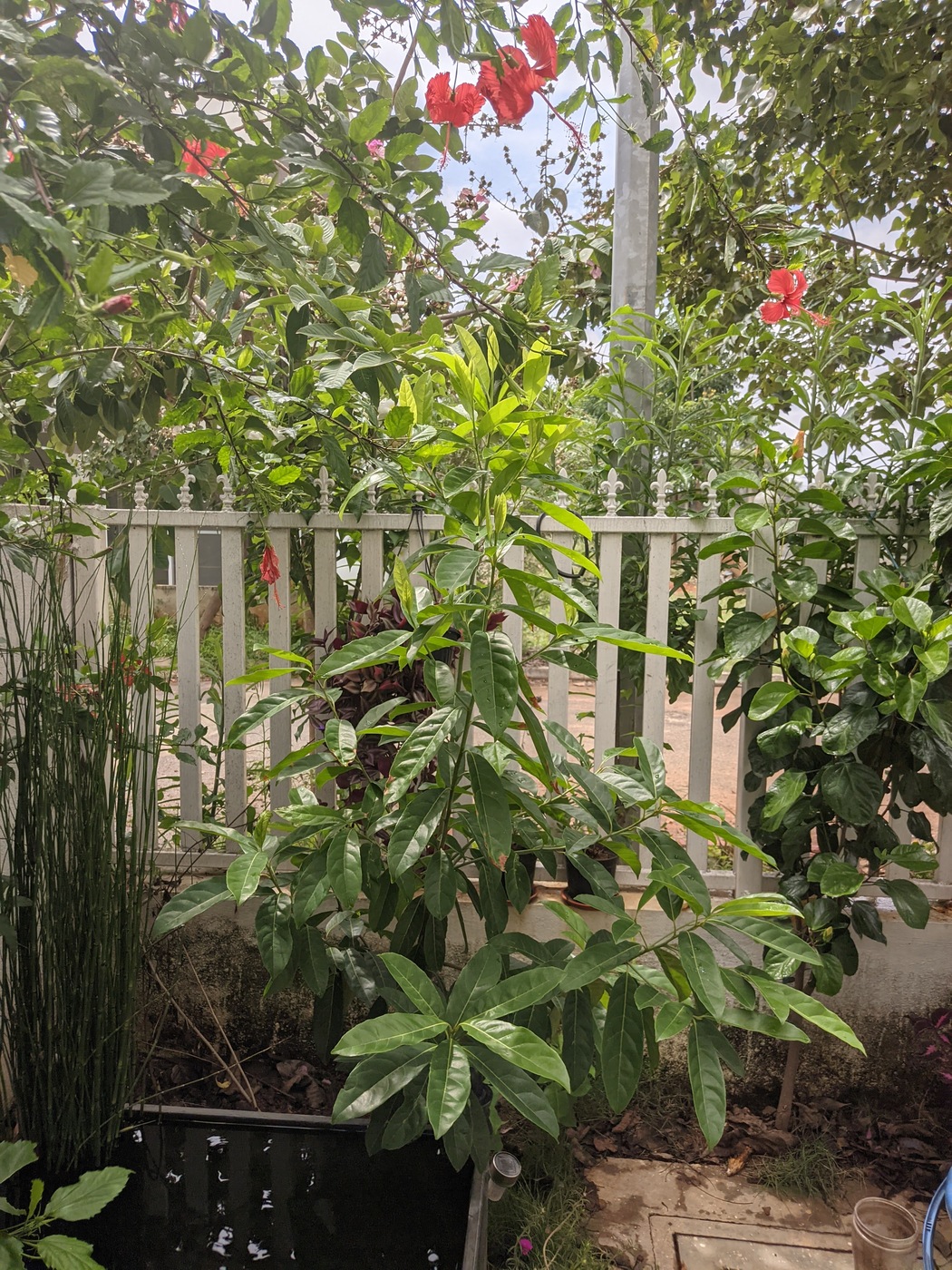
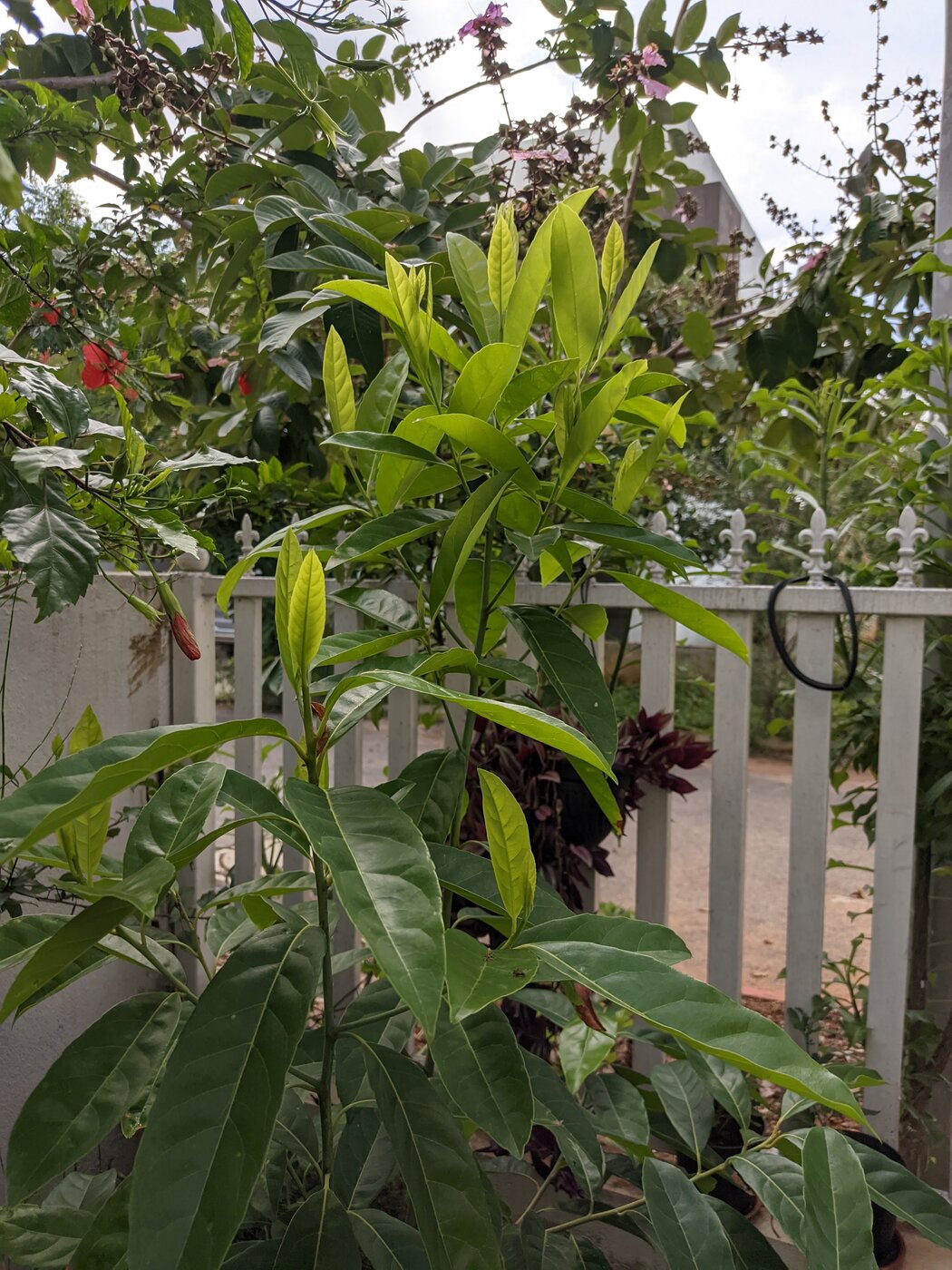
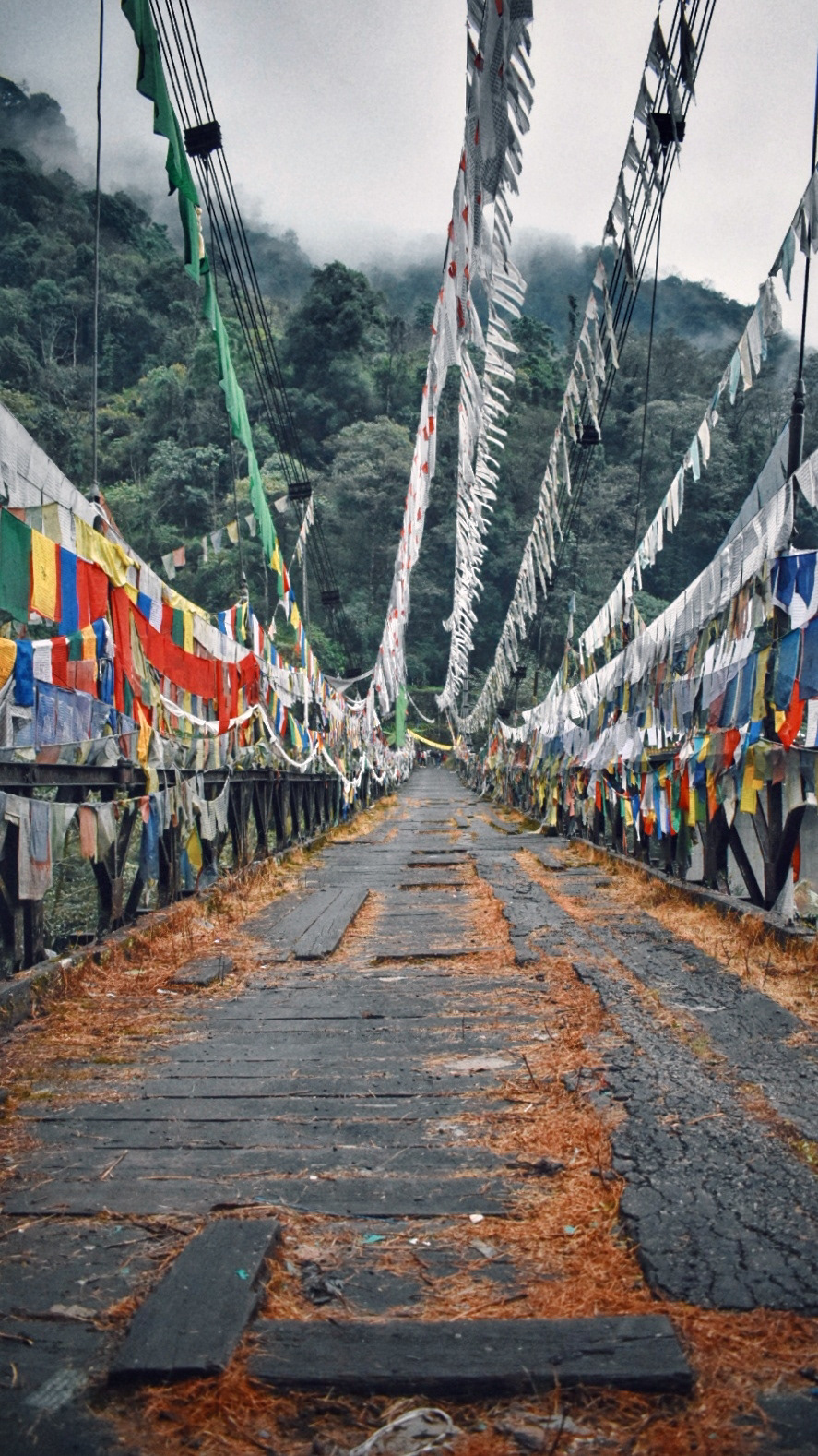

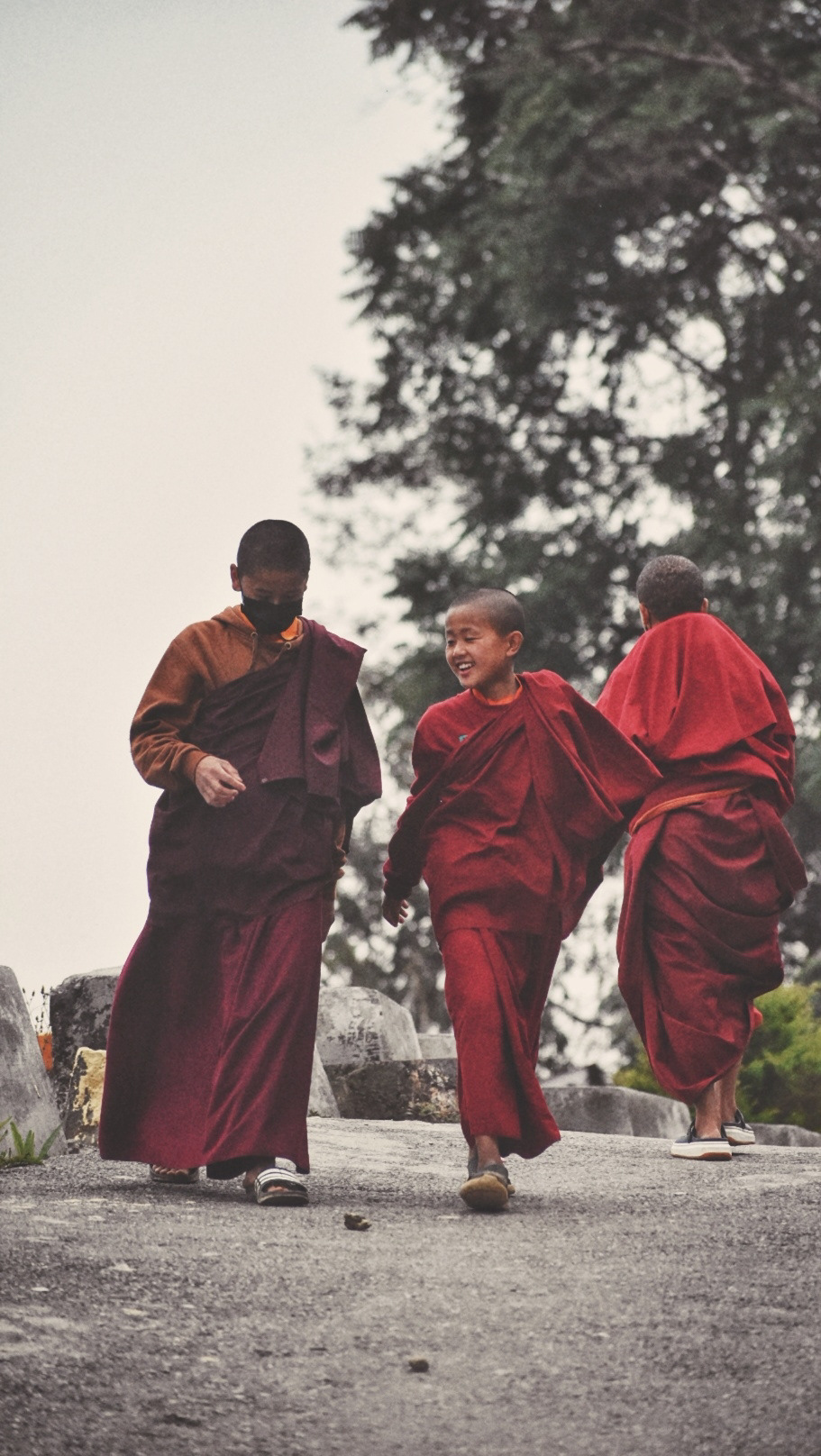
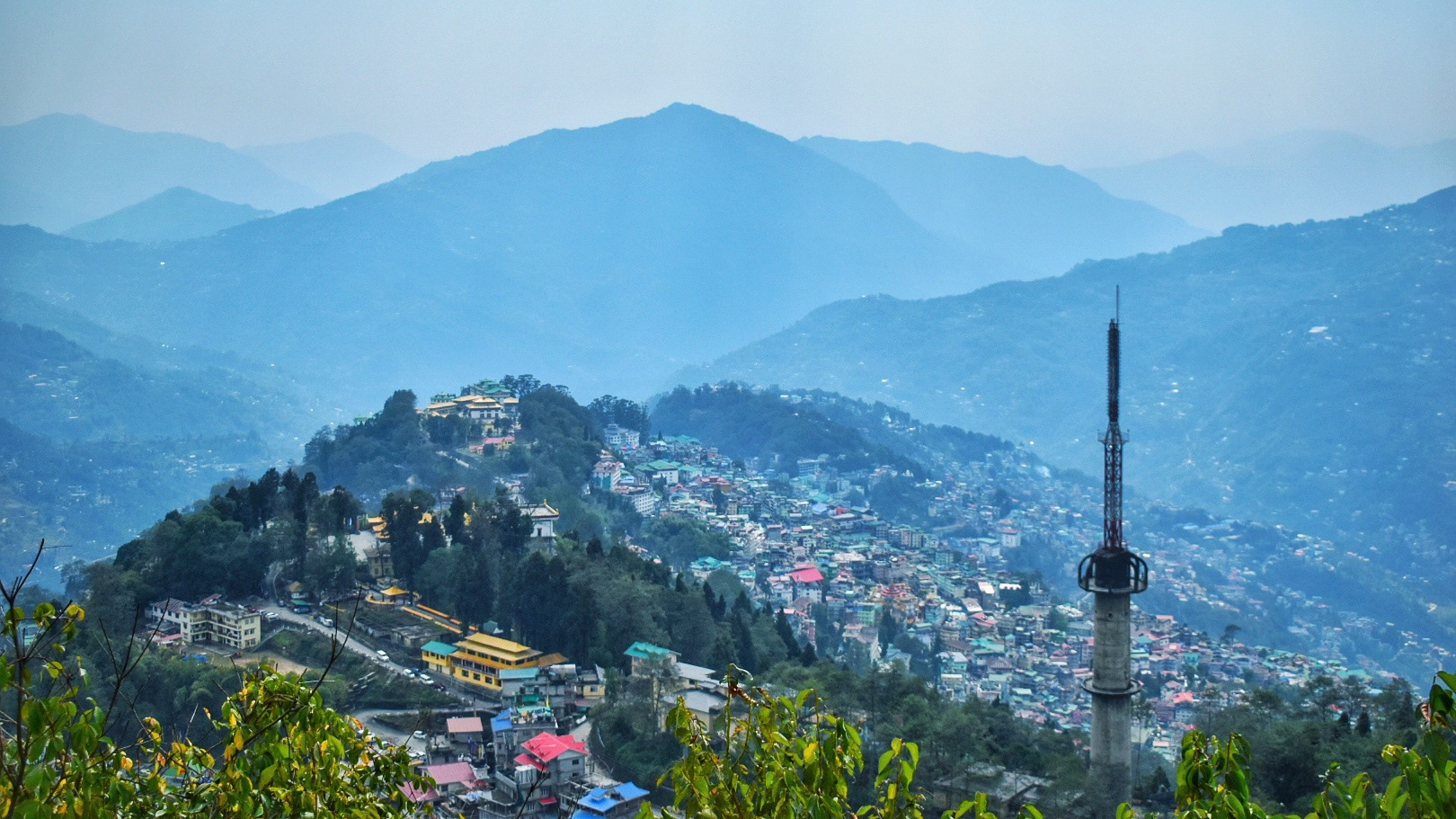


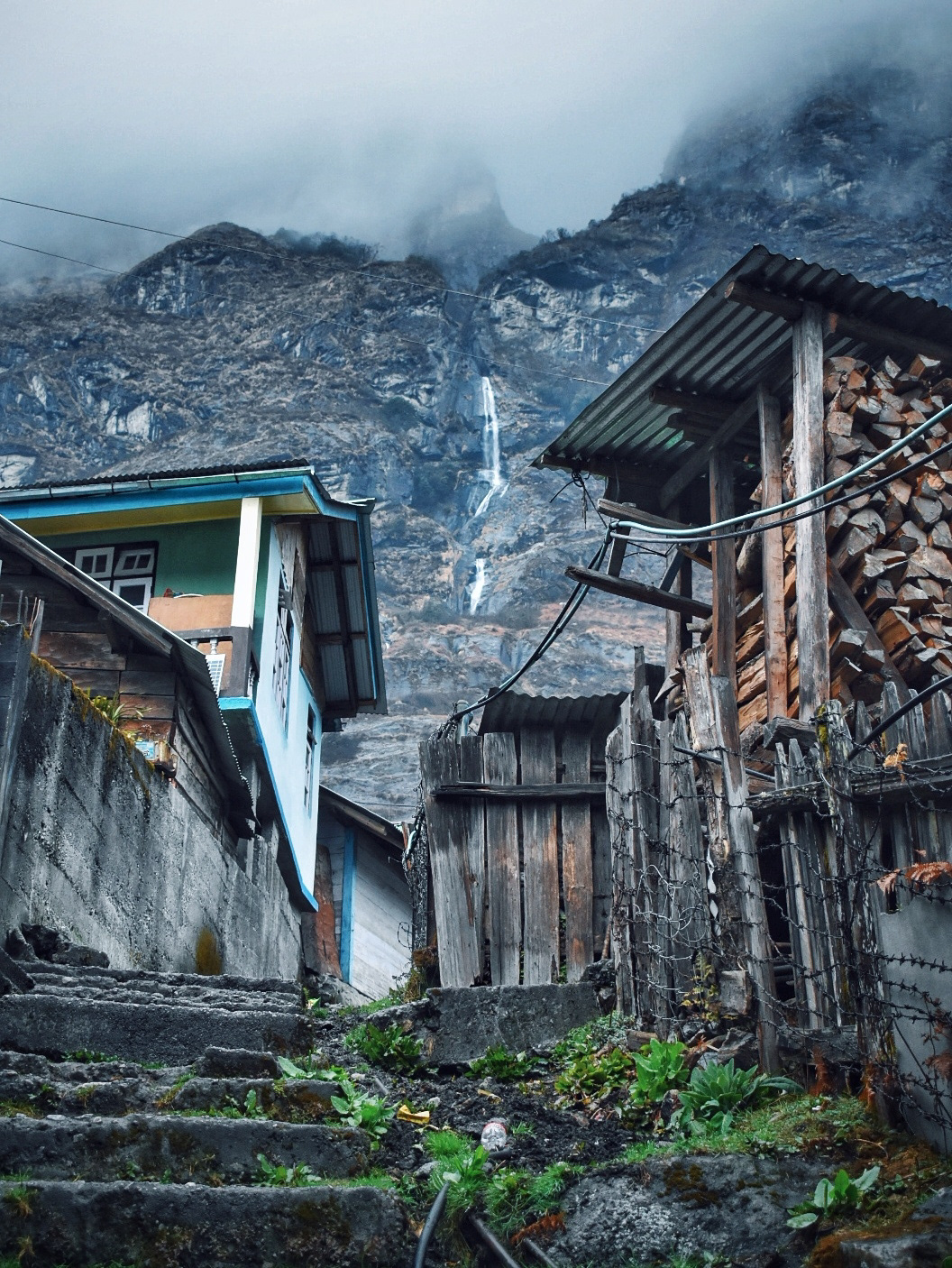

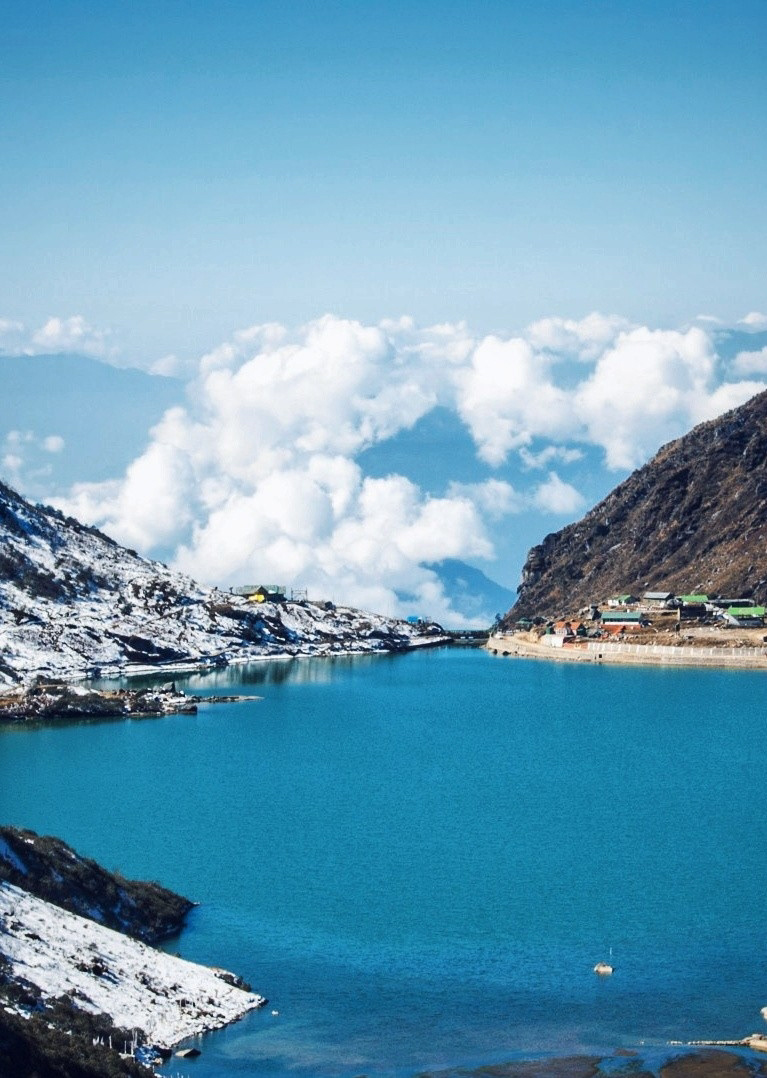
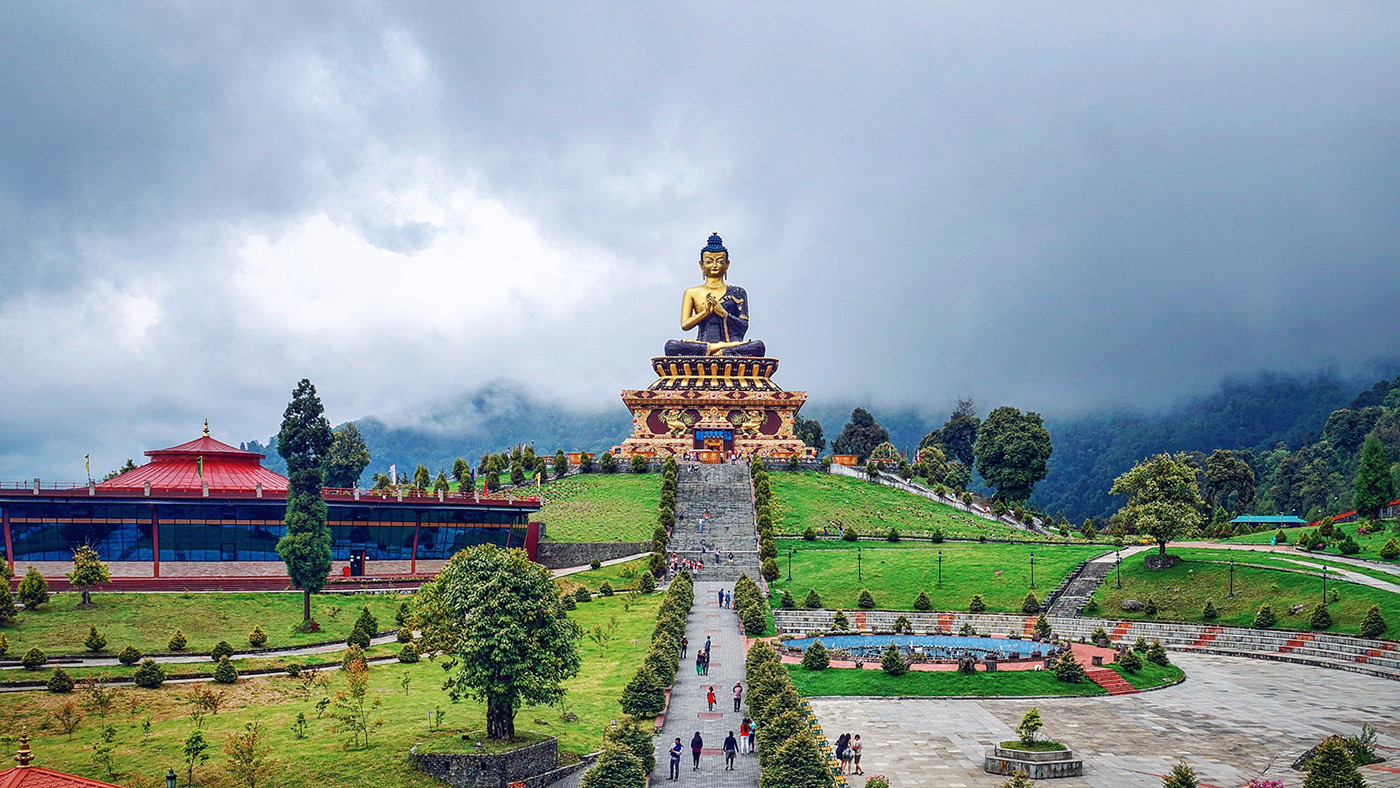


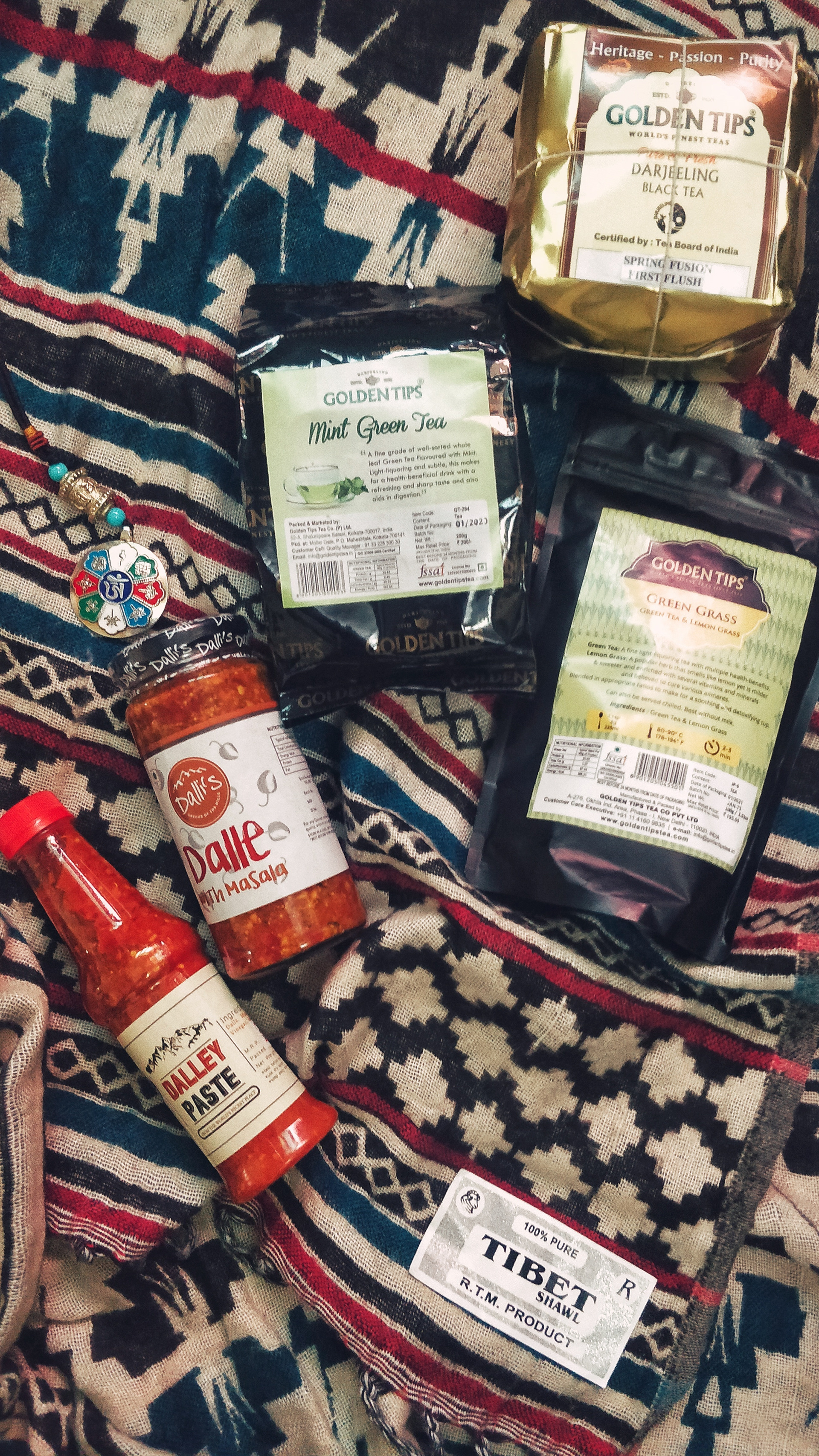

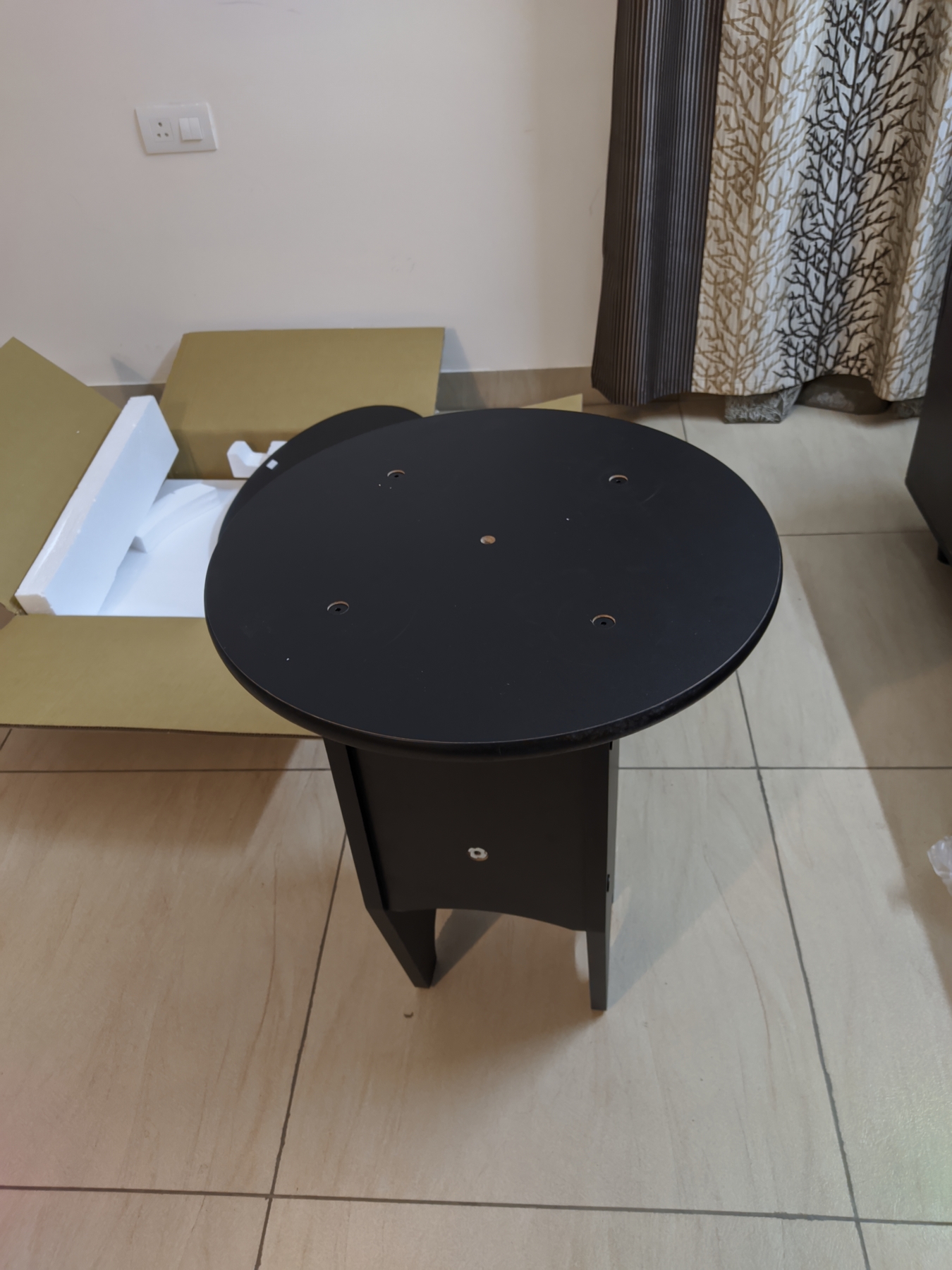

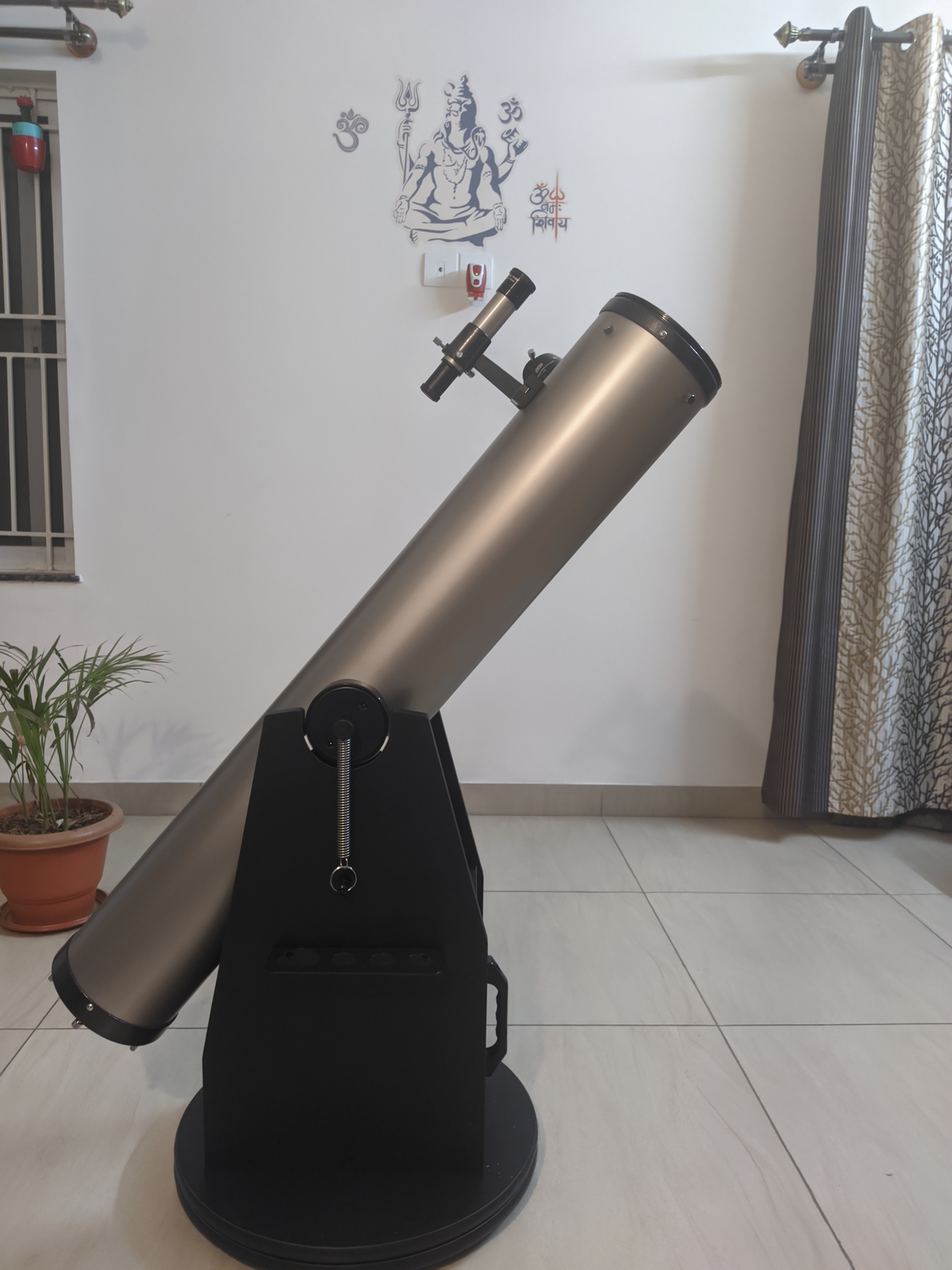
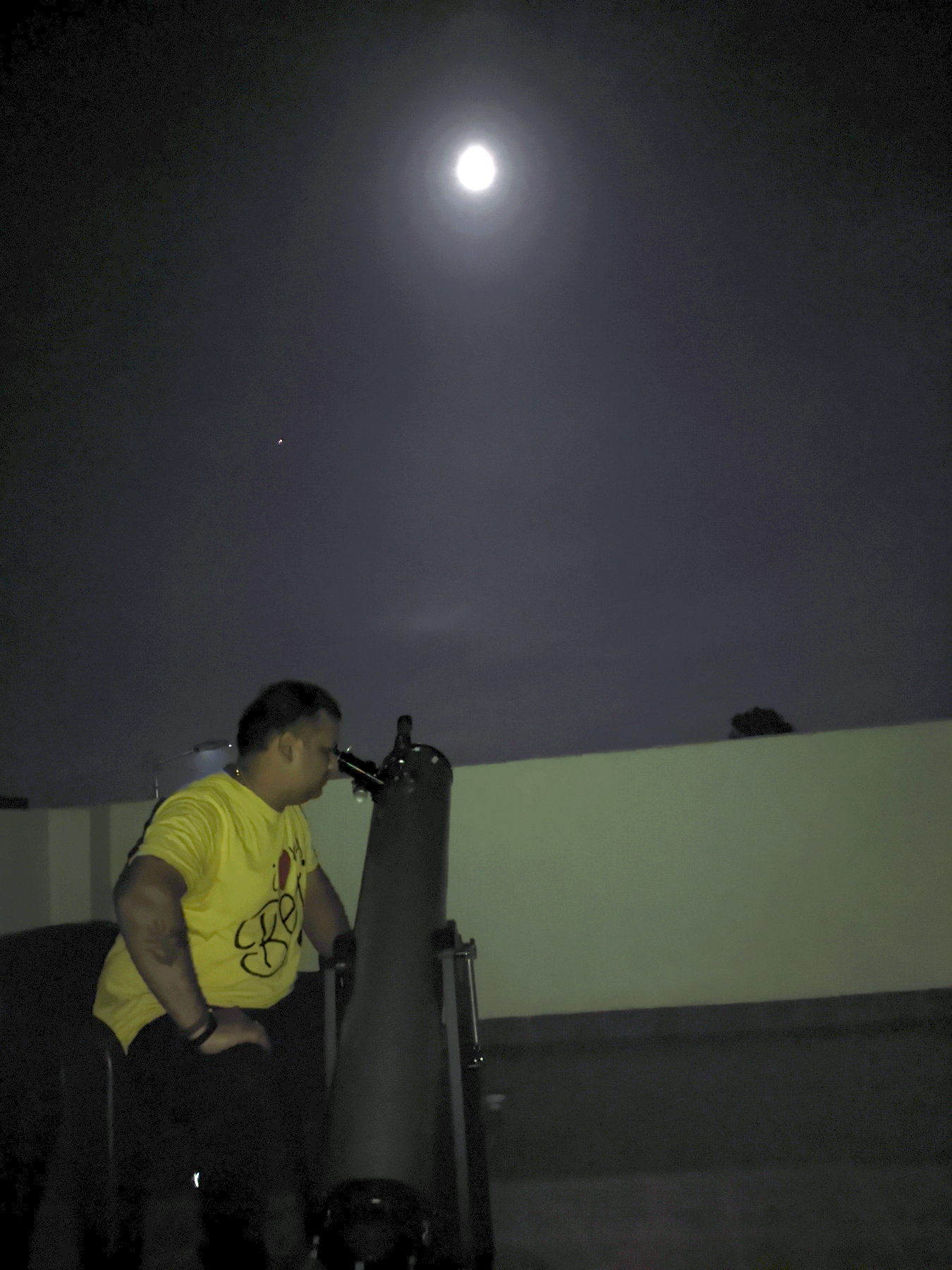



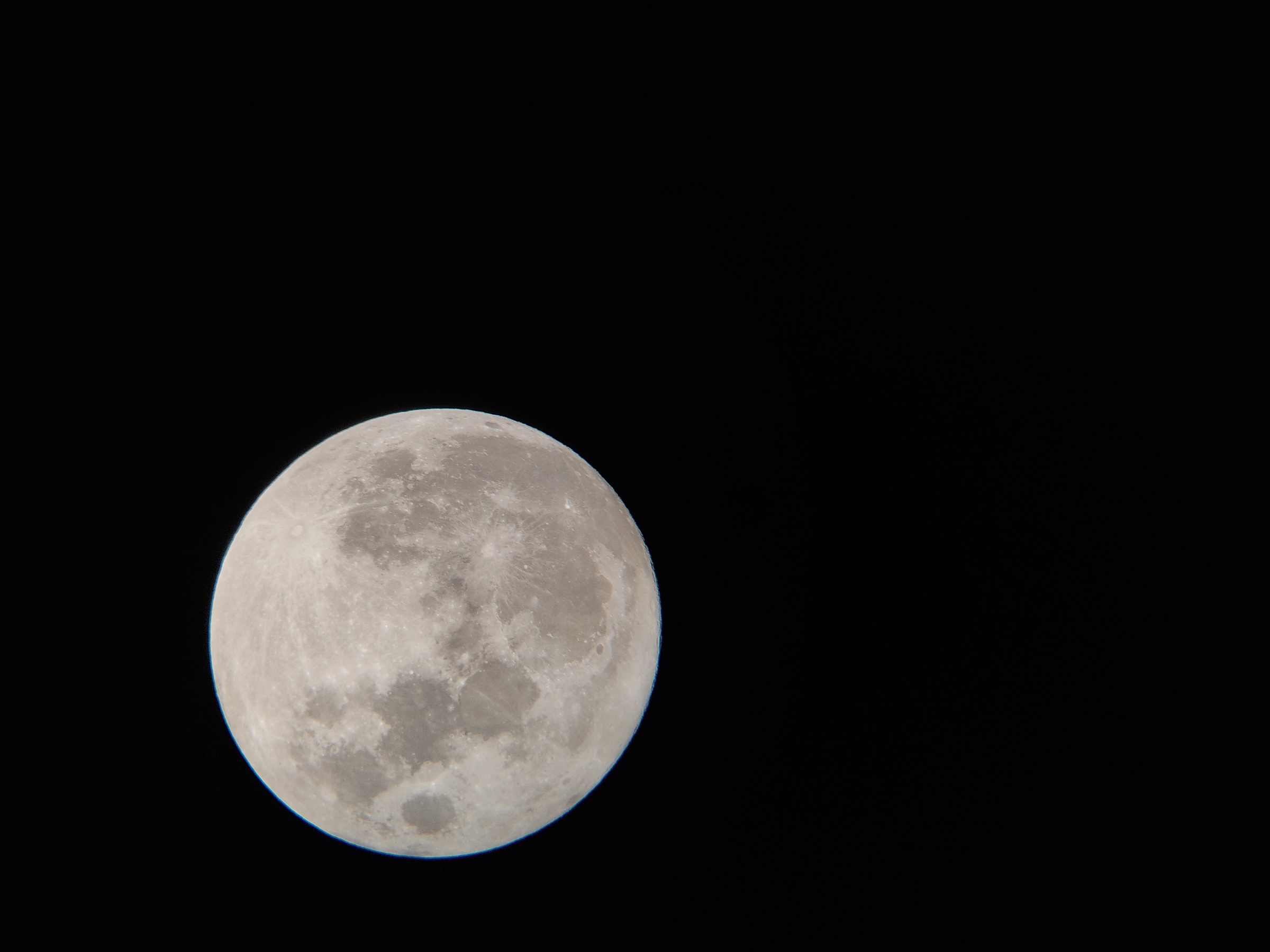
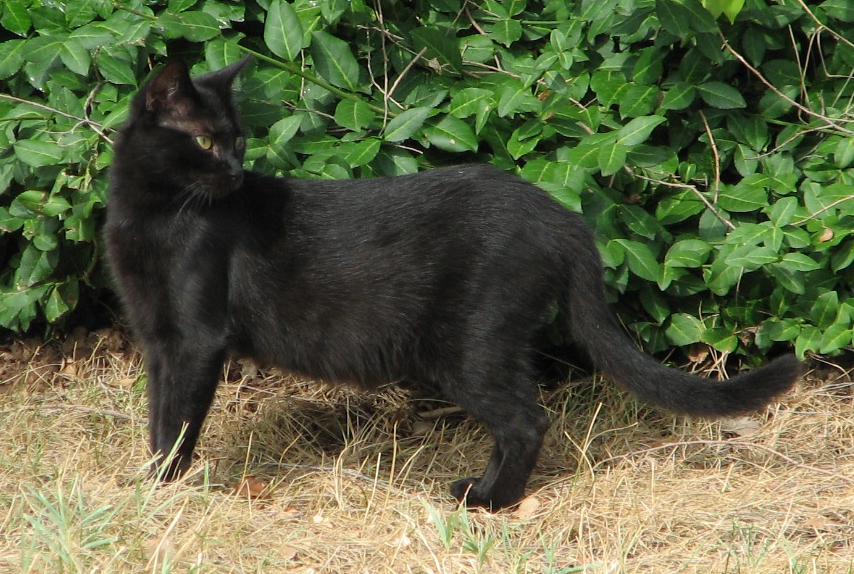


 Of course, reality has trouble matching all the post-processing filters.
Plan for the week
Now on a more serious note; apart from enjoying the beautiful city of Cambridge,
here's what the team plans to do this week:
tumbleweed
Stefano wants to continue refactoring our ansible setup. A lot of things have
been added in the last year, but some of it are hacks we should remove and
implement correctly.
highvoltage
Jonathan won't be able to come to Cambridge, but plans to work remotely, mainly
on our desktop/xfce session implementation. Another pile of hacks waiting to be
cleaned!
ivodd
Ivo has been working a lot of the pre-ansible part of our installation and plans
to continue working on that. At the moment, creating an installation USB key is
pretty complicated and he wants to make that simpler.
olasd
Nicolas completely reimplemented our streaming setup for DC17 and wants to
continue working on that.
More specifically, he wants to write scripts to automatically setup and teardown
- via API calls - the distributed streaming network we now use.
Finding a way to push TLS certificates to those mirrors, adding a live stream
viewer on
Of course, reality has trouble matching all the post-processing filters.
Plan for the week
Now on a more serious note; apart from enjoying the beautiful city of Cambridge,
here's what the team plans to do this week:
tumbleweed
Stefano wants to continue refactoring our ansible setup. A lot of things have
been added in the last year, but some of it are hacks we should remove and
implement correctly.
highvoltage
Jonathan won't be able to come to Cambridge, but plans to work remotely, mainly
on our desktop/xfce session implementation. Another pile of hacks waiting to be
cleaned!
ivodd
Ivo has been working a lot of the pre-ansible part of our installation and plans
to continue working on that. At the moment, creating an installation USB key is
pretty complicated and he wants to make that simpler.
olasd
Nicolas completely reimplemented our streaming setup for DC17 and wants to
continue working on that.
More specifically, he wants to write scripts to automatically setup and teardown
- via API calls - the distributed streaming network we now use.
Finding a way to push TLS certificates to those mirrors, adding a live stream
viewer on  It's that time again! Another year,
another
It's that time again! Another year,
another 
